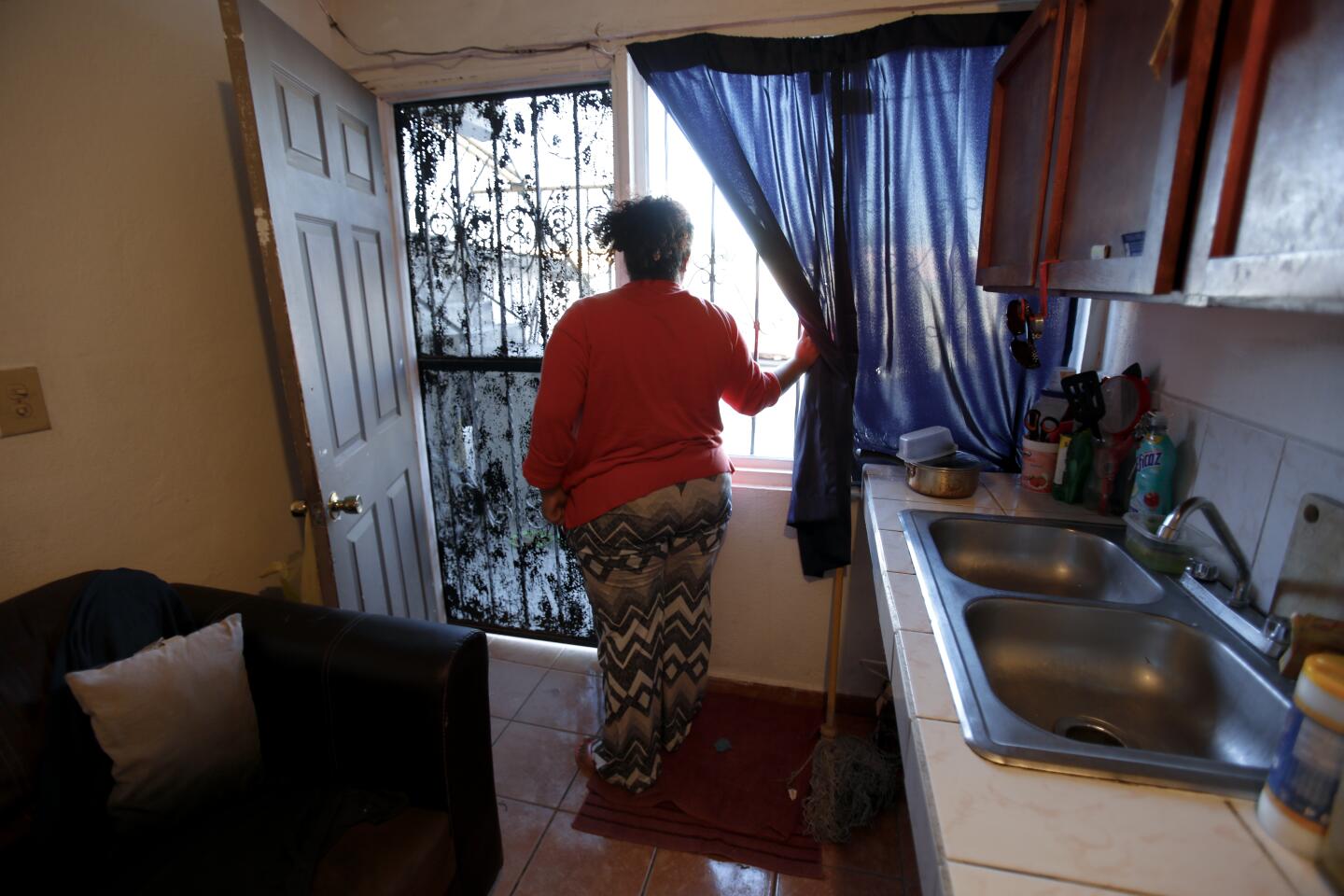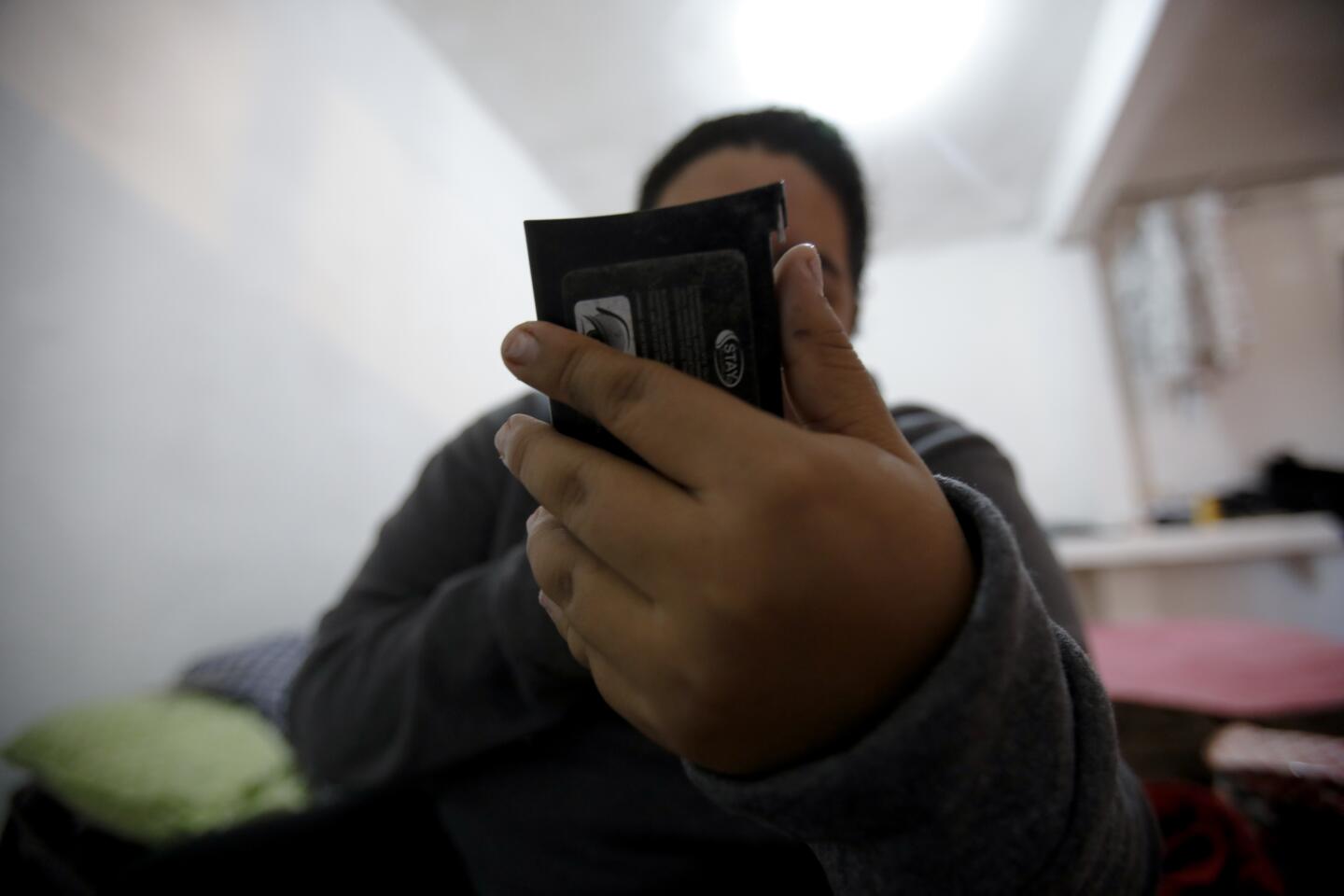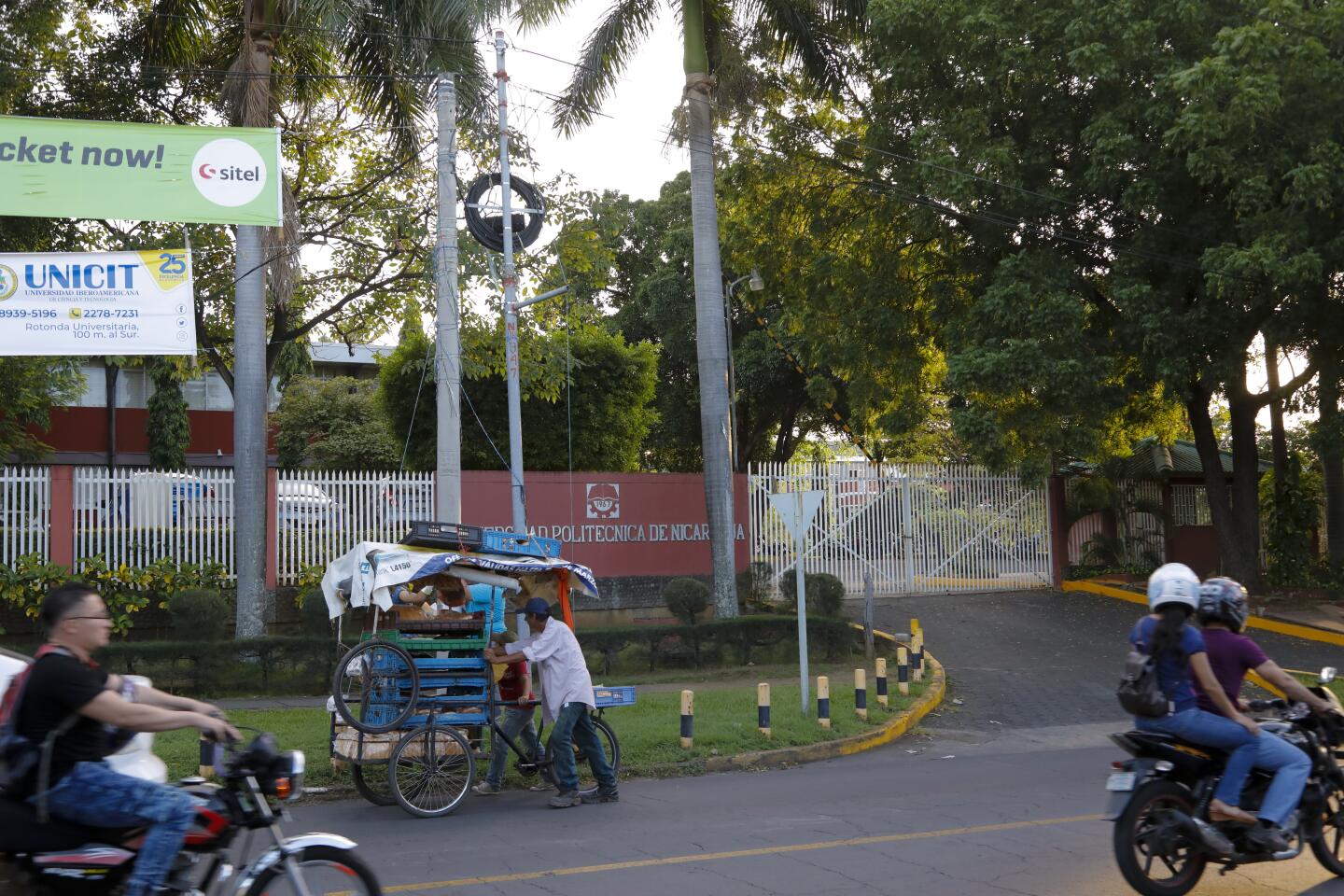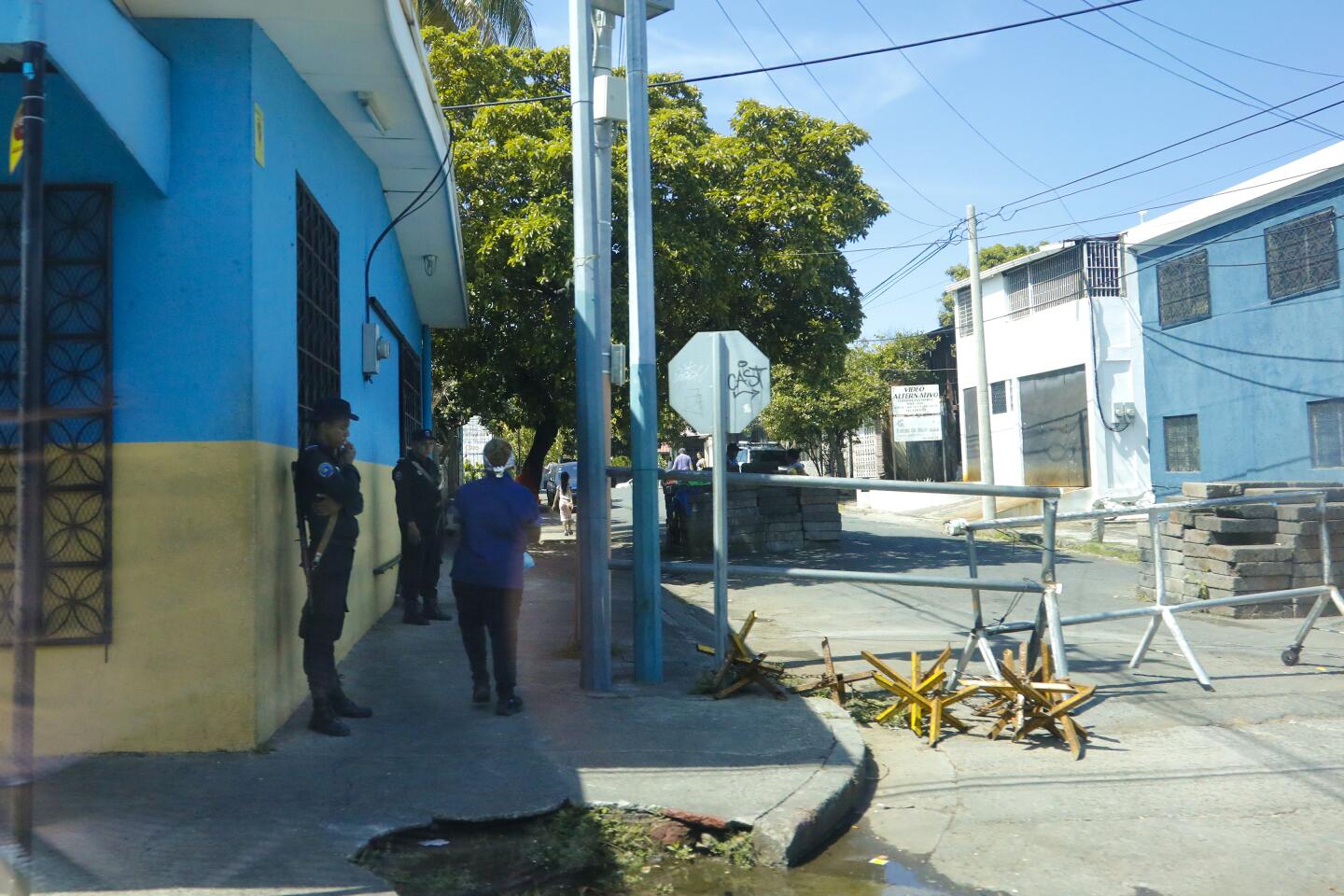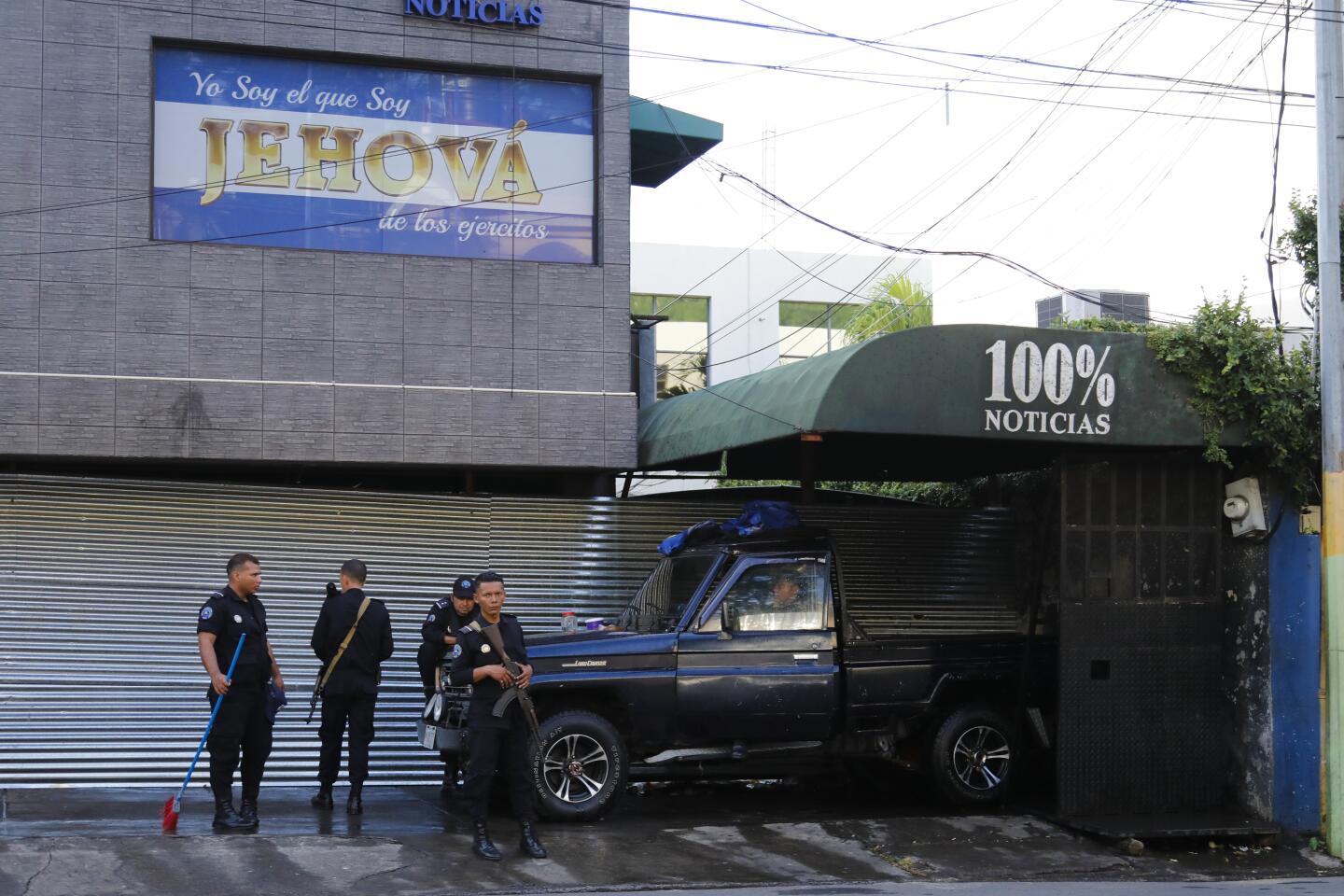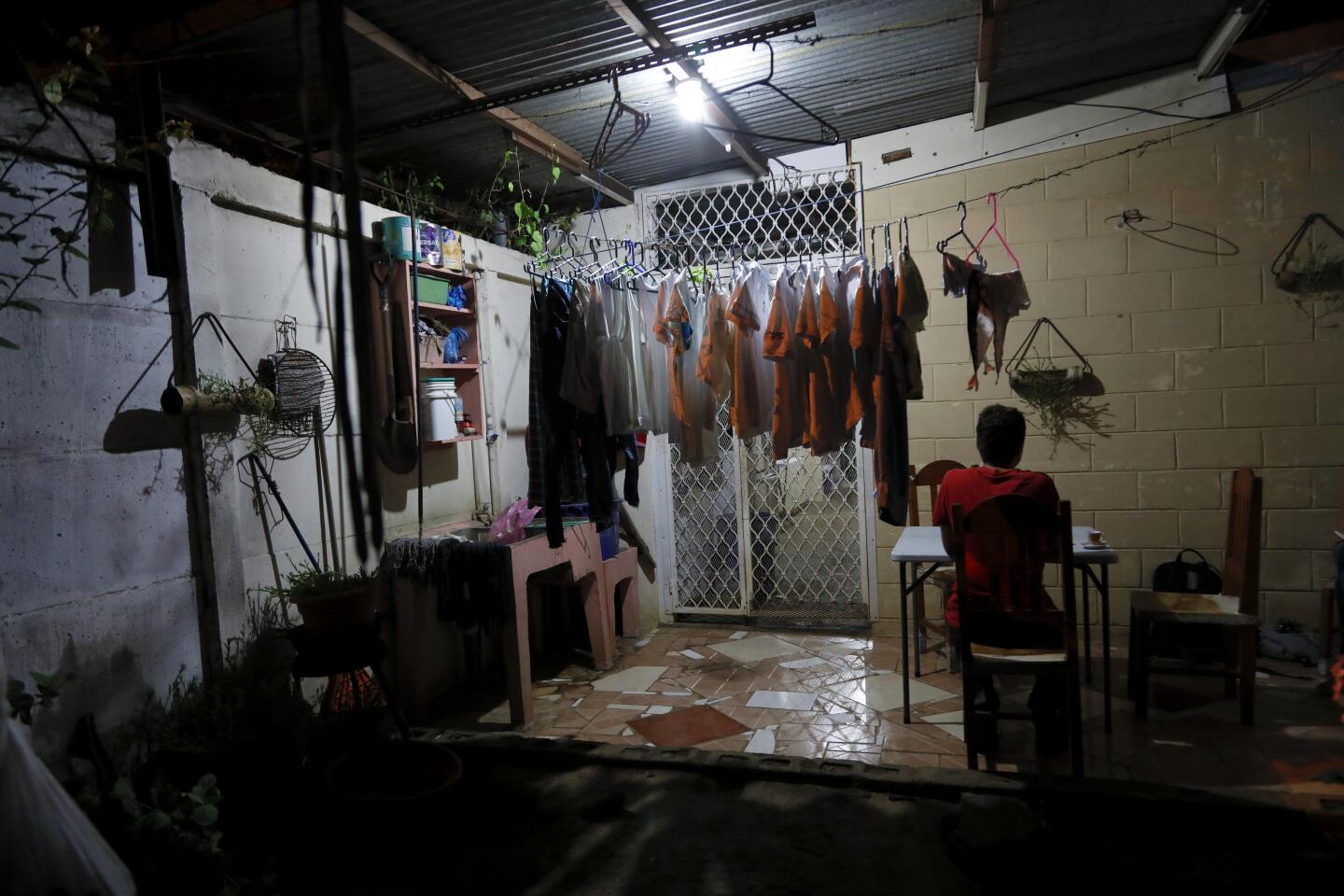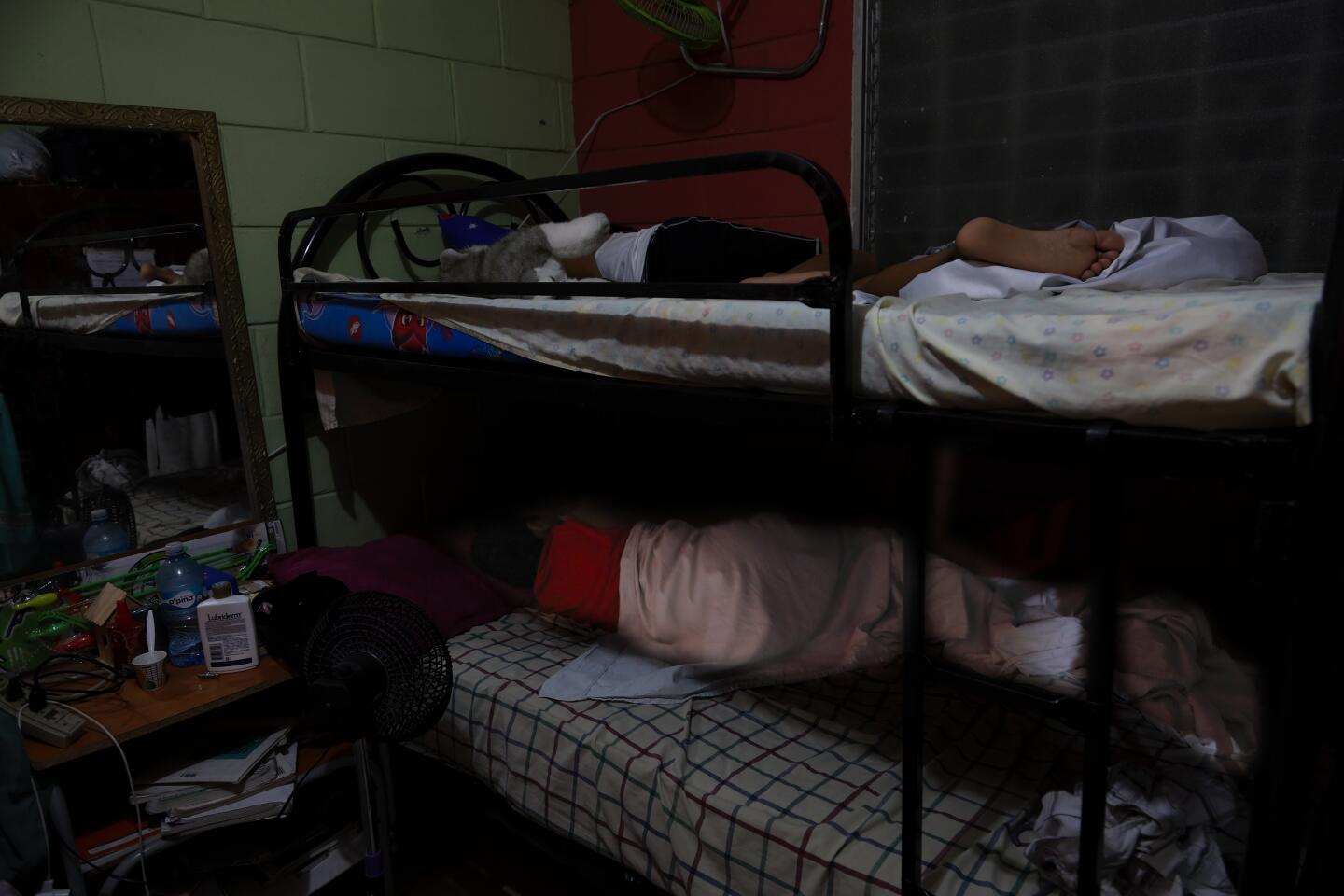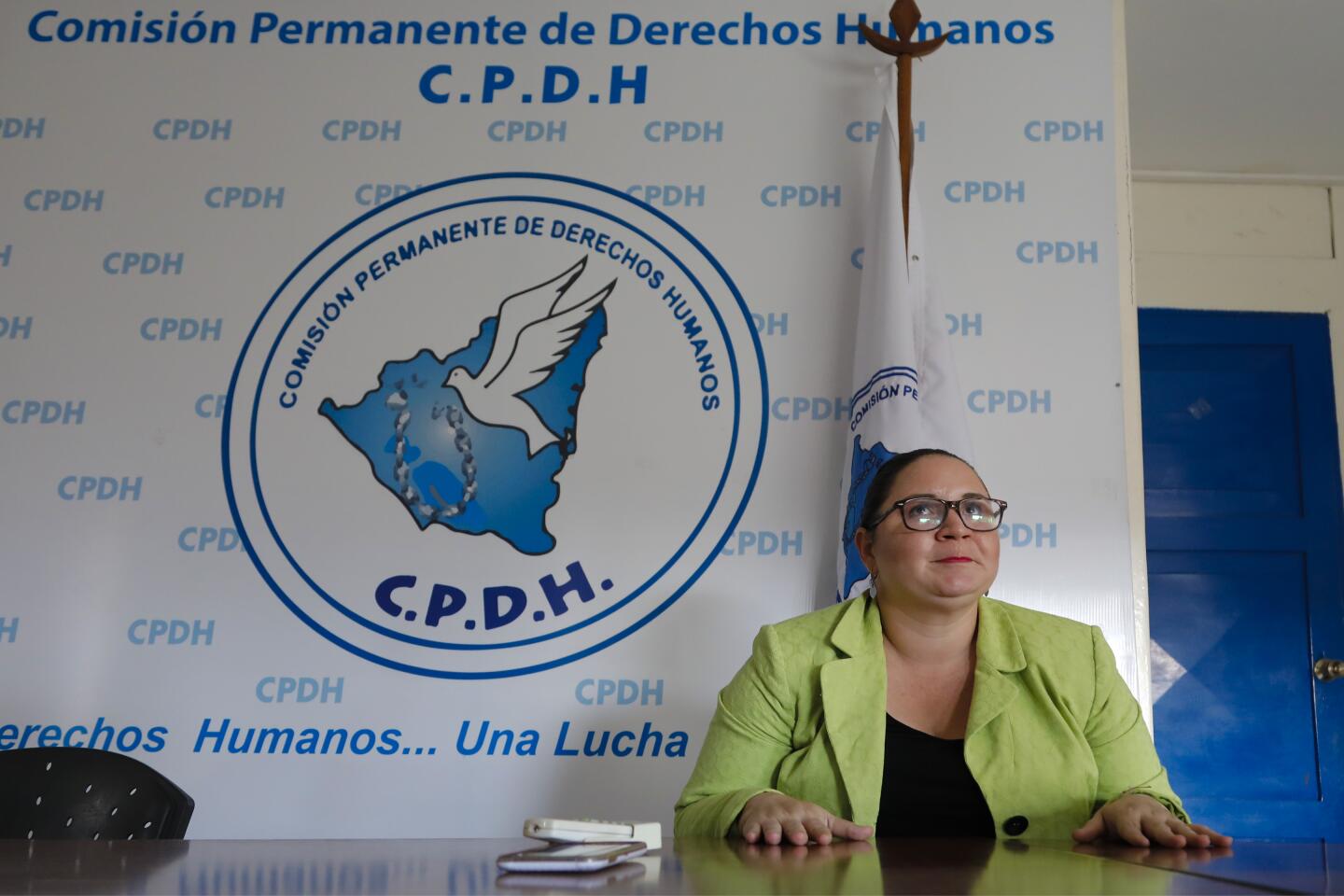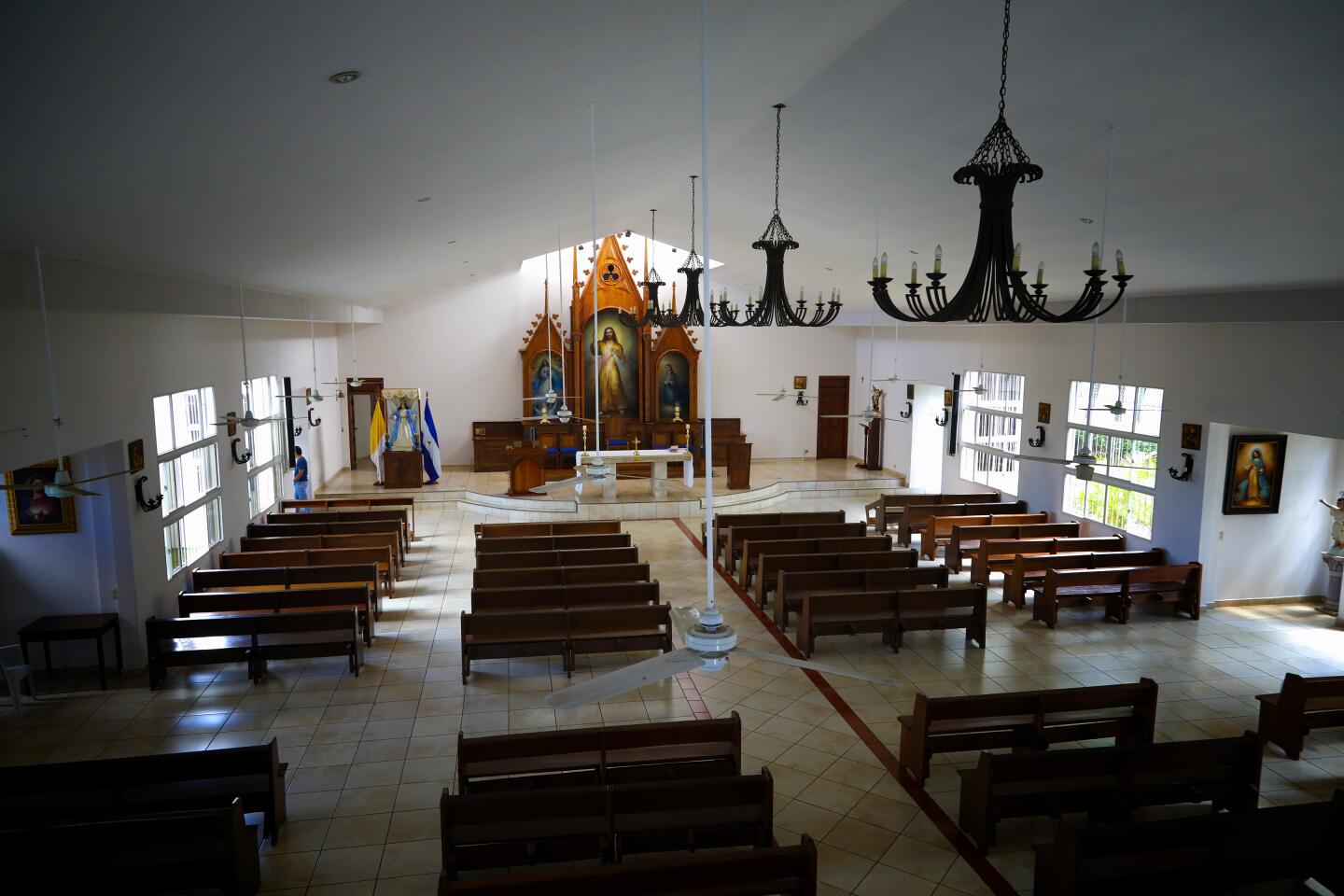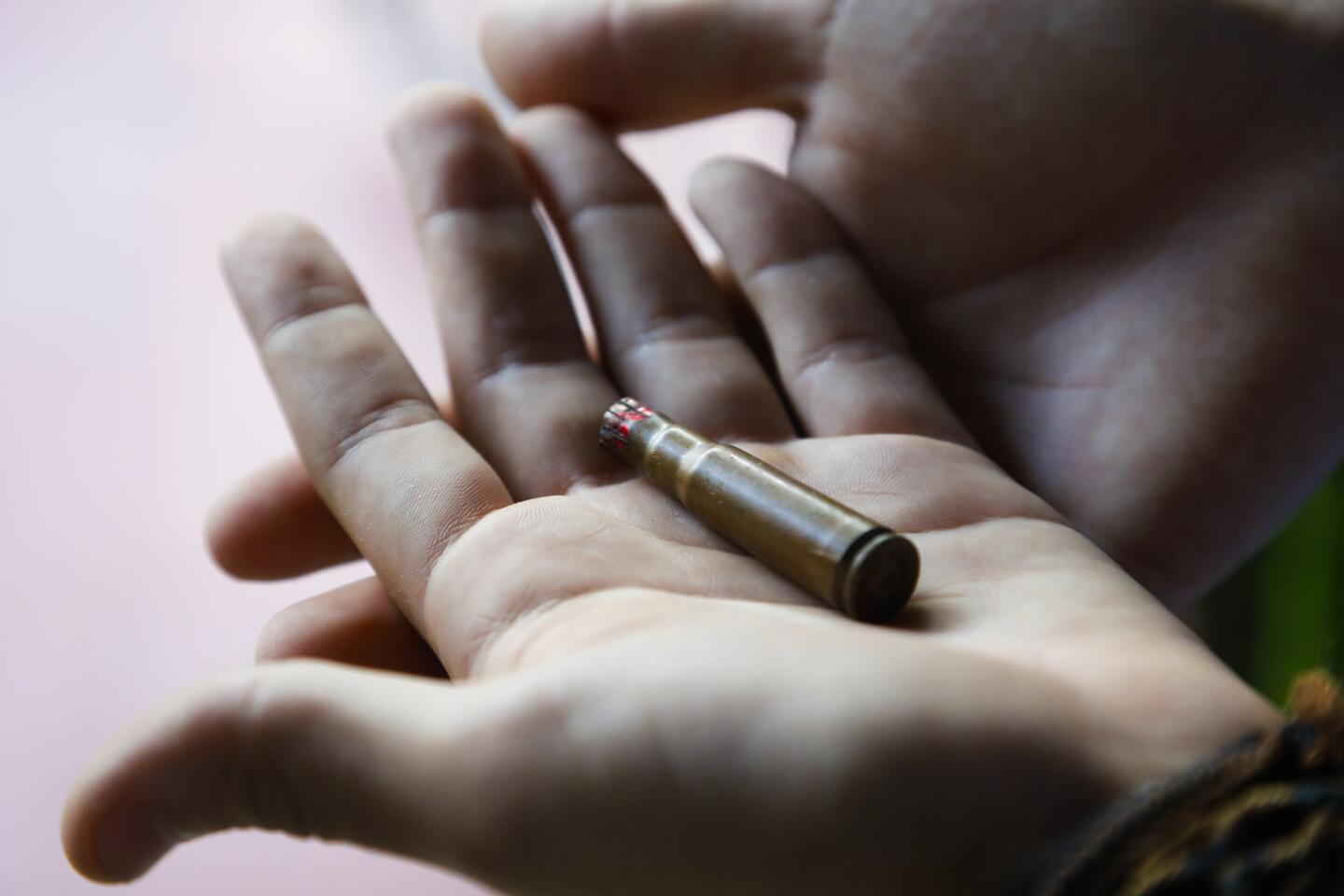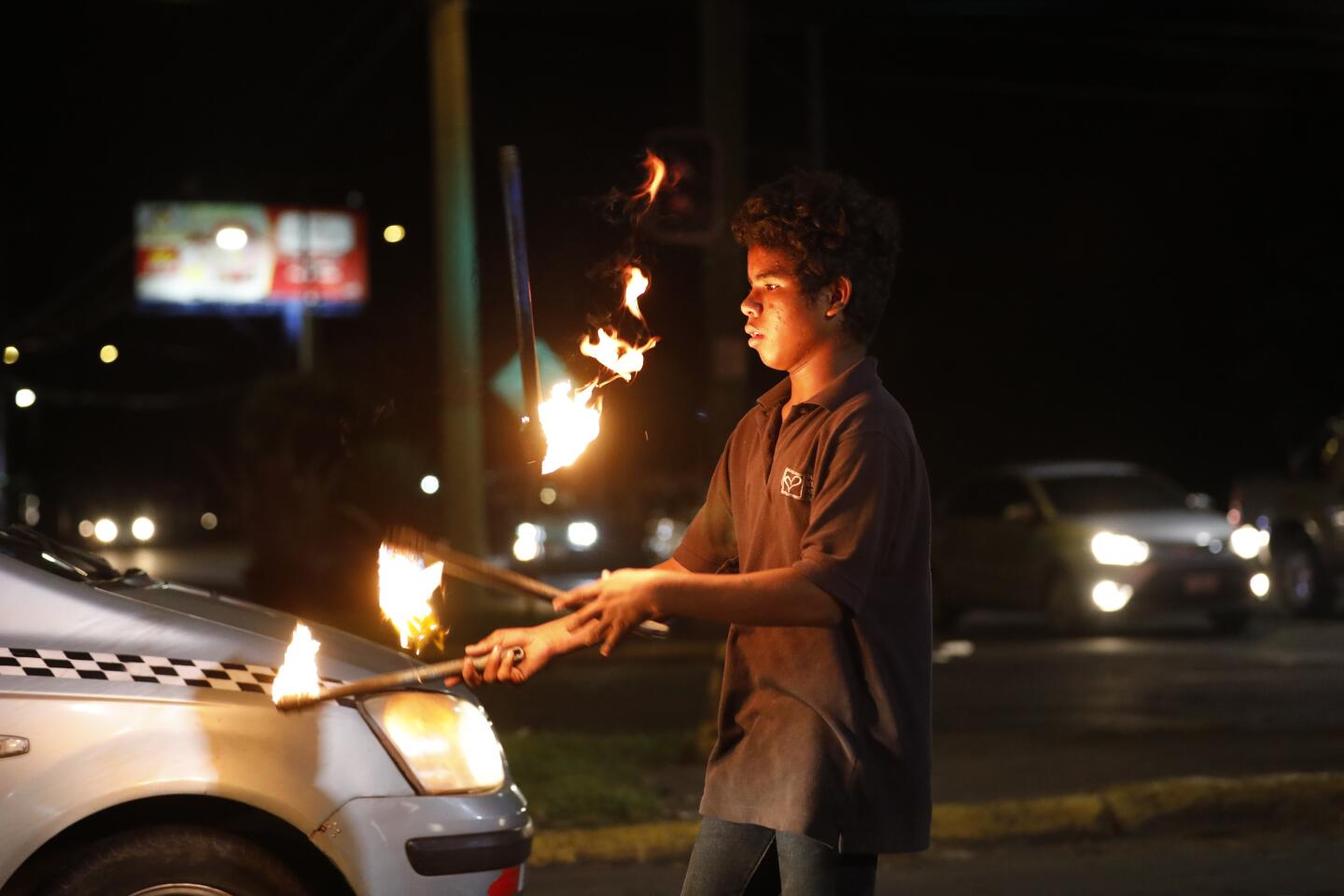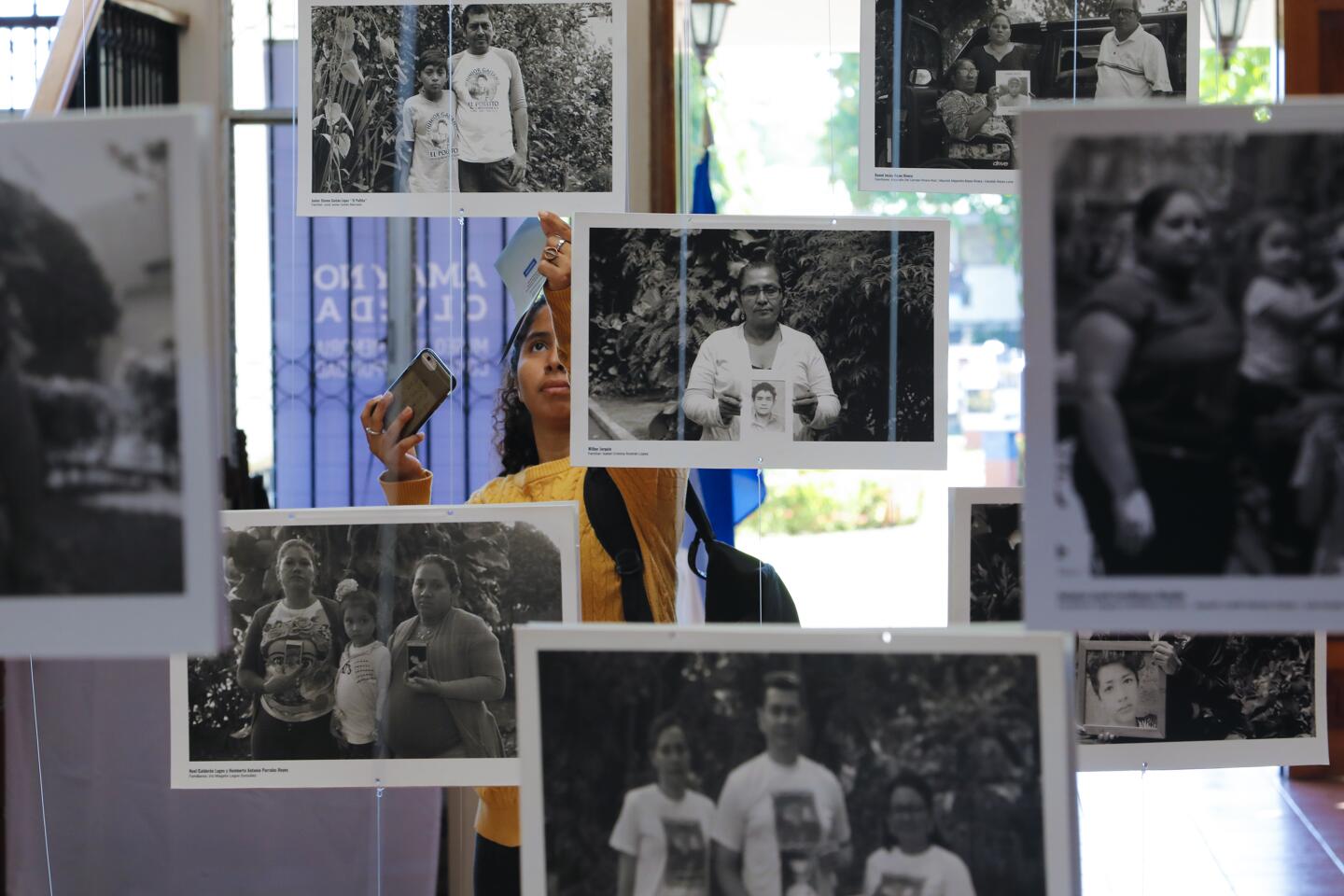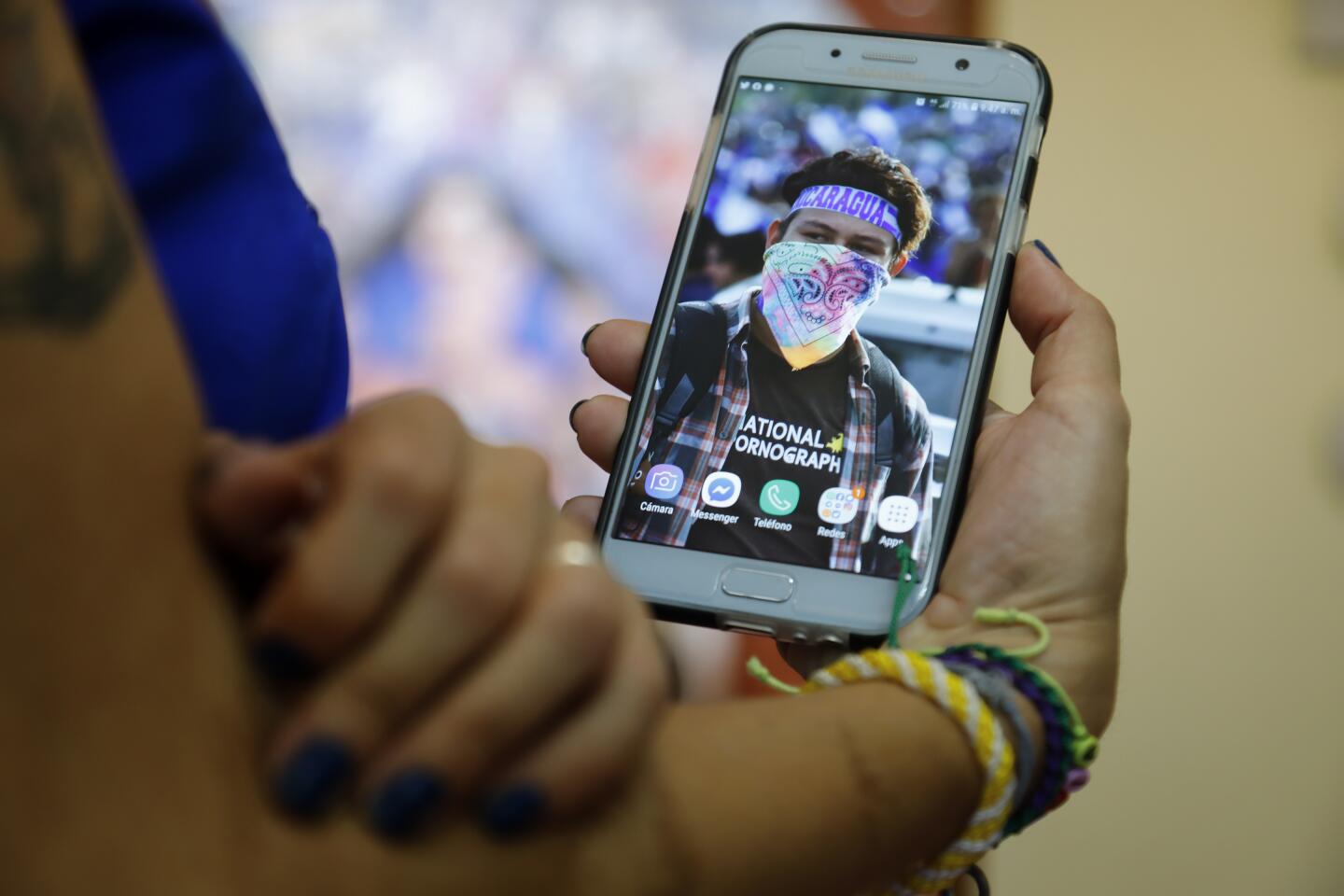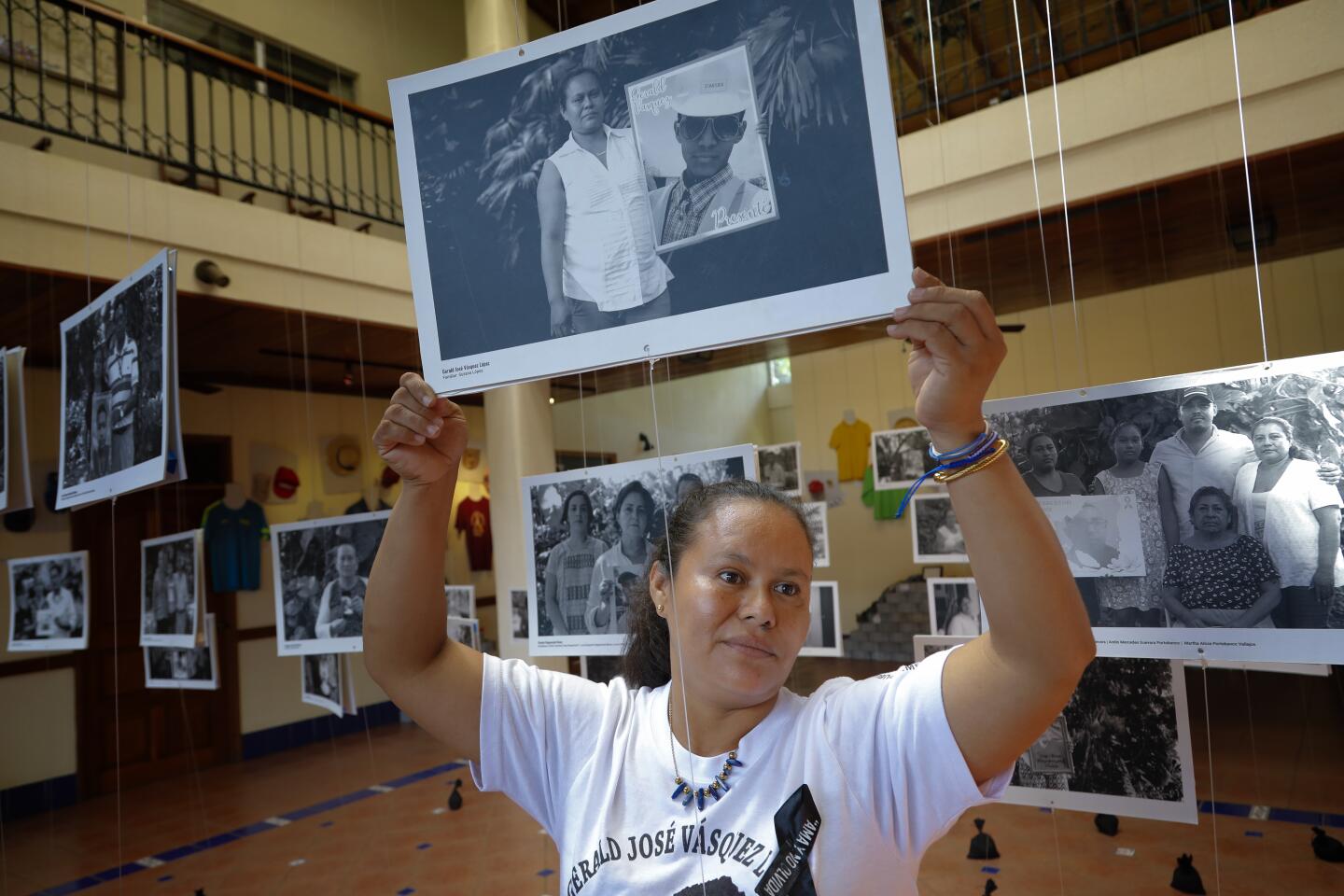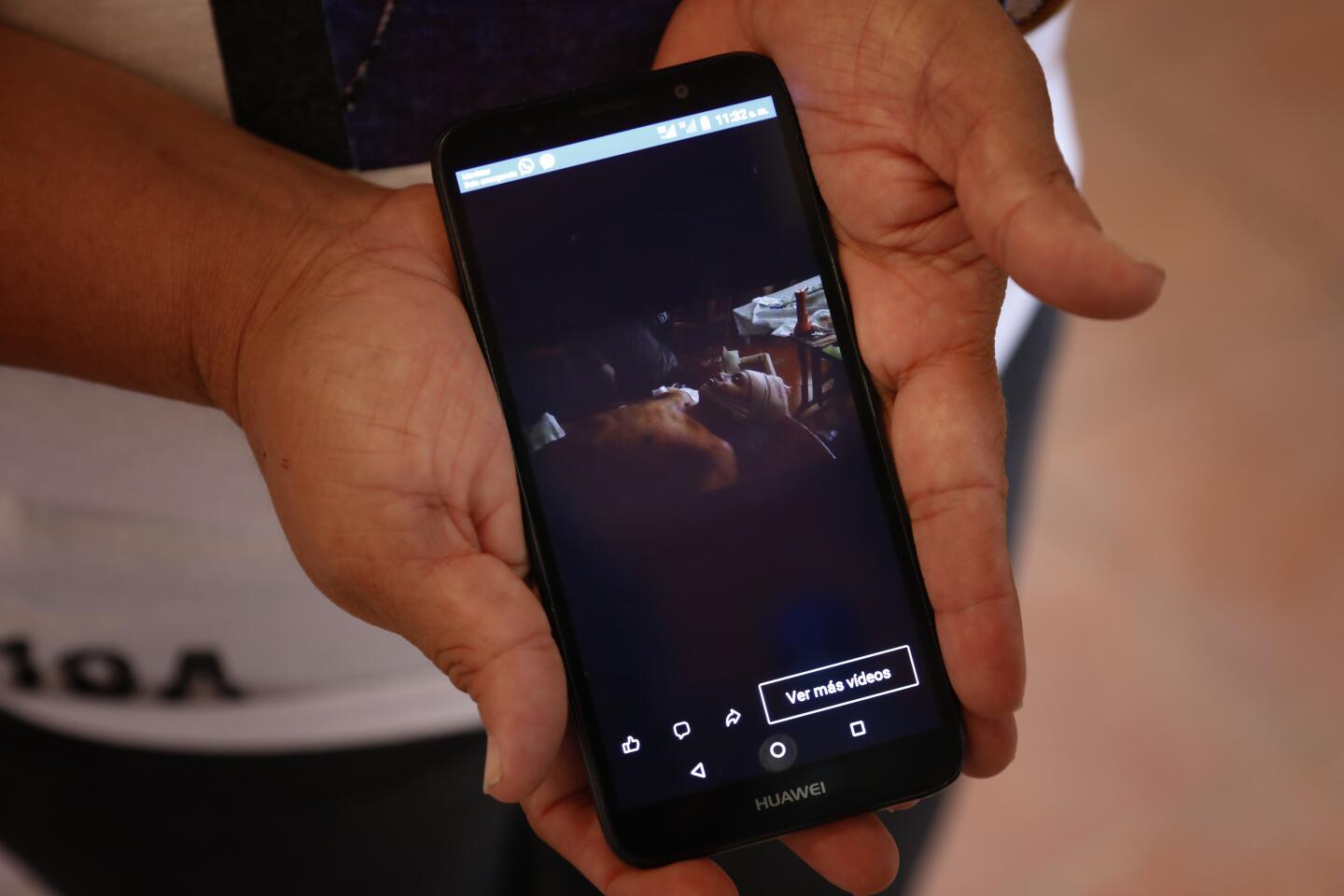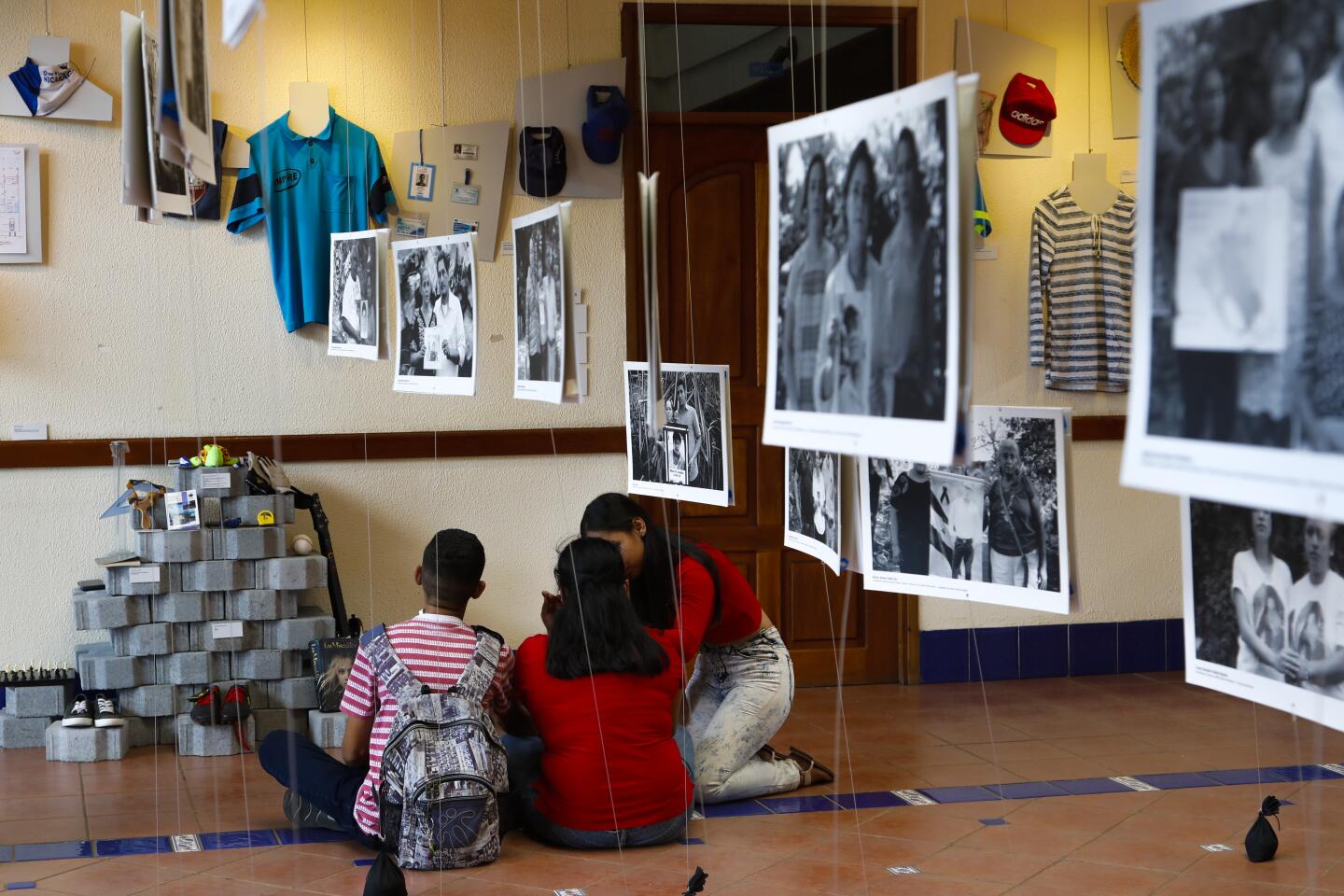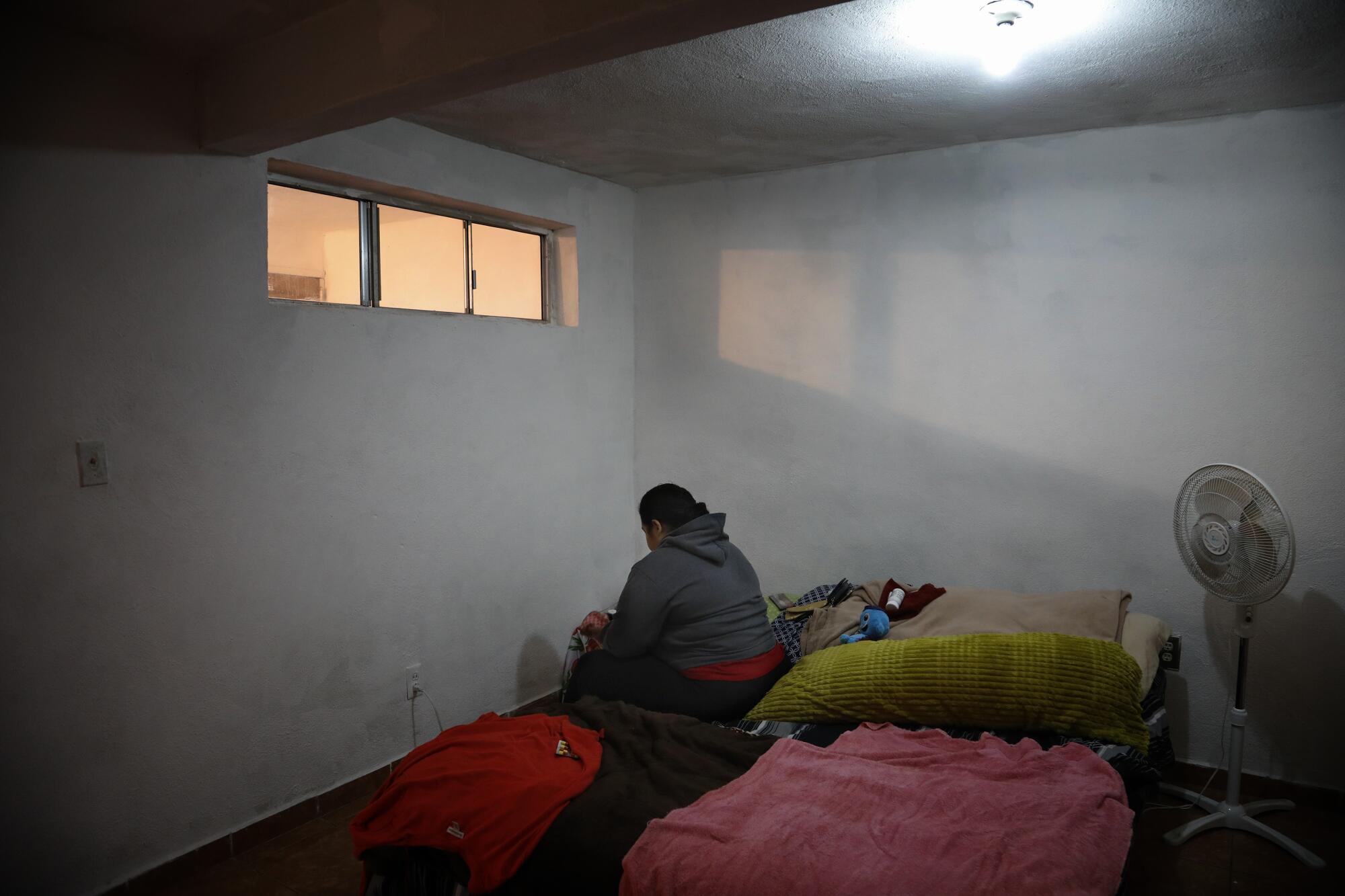
Nicaraguan government attacks on pro-democracy protests left hundreds dead and tens of thousands living in exile. Bárbara is one of them.
Bárbara never thought she would leave Nicaragua.
But early one morning, she kissed her sleeping son goodbye. She had spent the night watching him in his bed. It was almost his 10th birthday.
“Fue el peor momento de mi vida,” Bárbara said. It was the worst moment of my life.
It had been nearly a year since Bárbara had been left for dead outside her clothing store, a victim of the Nicaraguan government’s bloody campaign to silence pro-democracy protests that rose up in 2018.
She knew she had to flee, but she didn’t think she could protect her son on the notorious migrant trail. She wasn’t willing to risk him.
So the 29-year-old entrepreneur escaped north alone, putting herself at the mercy of the U.S. asylum system — a system meant to protect the world’s most vulnerable.
RETURNED: Part I
The first in an occasional series in which the Union-Tribune explores the asylum system through the eyes of people who experience it firsthand, with drastically different outcomes.
Para leer este reportaje en español, haga click aquí.
The San Diego Union-Tribune is not fully identifying Bárbara or many of the witnesses interviewed in Nicaragua because of the danger that the government might retaliate against them or their families.
Bárbara is in Tijuana, one of tens of thousands of people waiting for a chance to argue for protection in the United States, part of a changing wave of migration that the Trump administration has labeled a crisis.
She exists in a constant state of uncertainty, and she realizes now just how much she underestimated the challenges that still lie ahead.
Idiosyncrasies of the asylum system make anyone’s outcome difficult to predict — even for those whose stories seem to meet the international definition of a refugee. Over its 40-year history, capriciousness and politicized justice have plagued the system.
For the people it chooses to protect, asylum offers a new chance at life. For those it does not, the outcome can be tragic.
Recent policy changes have only made it more difficult for people like Bárbara to make their cases.
About six months before Bárbara arrived at the border, officials began forcing asylum seekers to wait for U.S. immigration court hearings in Mexico, where they are often victims of robberies, assaults, kidnappings or worse.
Among them was Bárbara.
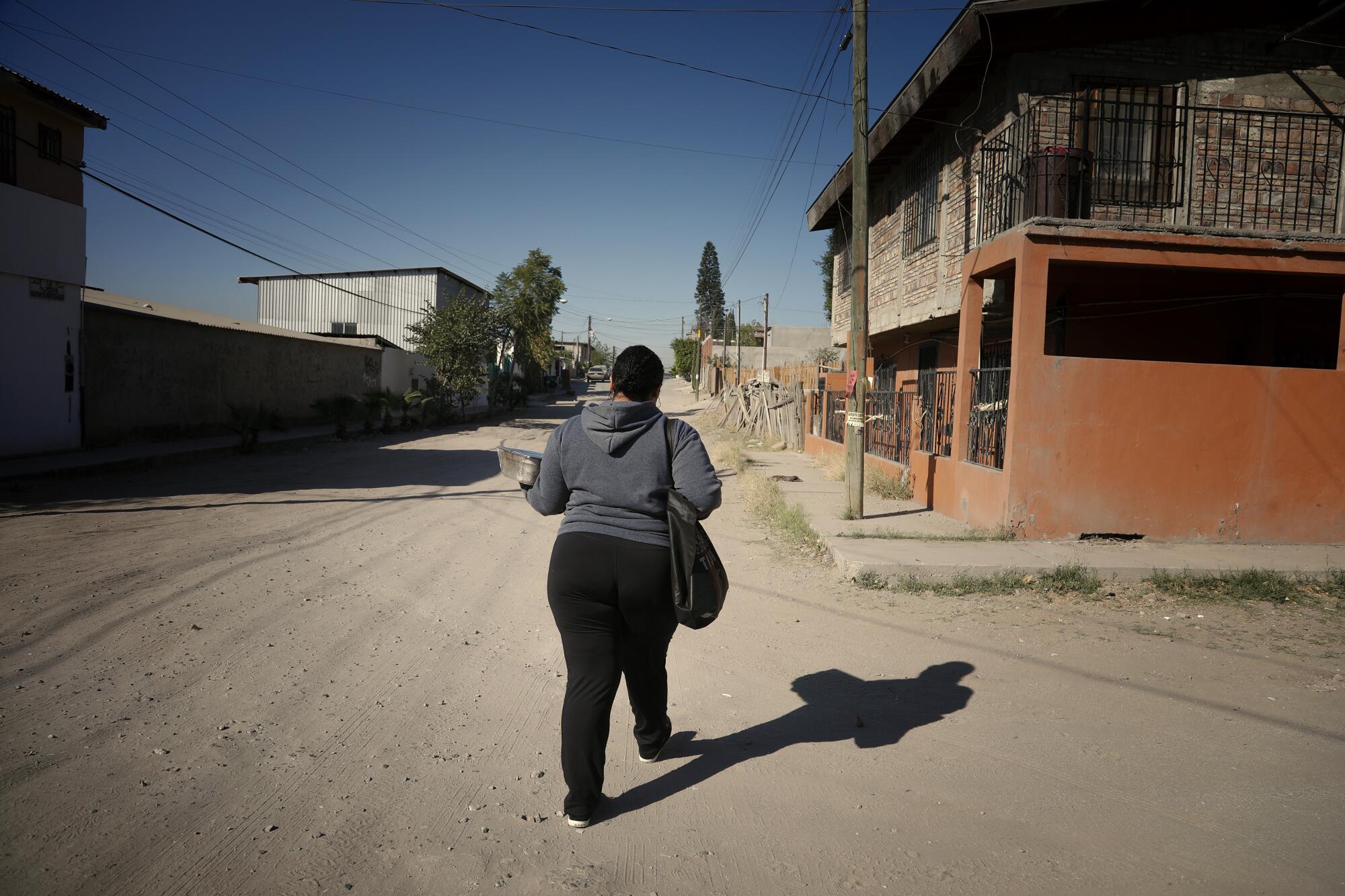
Blue and white
Before the protests, Bárbara lived well in Nicaragua.
A deteriorated marriage left her a single mother at 22, she said, but that did not slow her down.
She raised her son in a lively home full of extended family members young and old and a dining table big enough for them all.
She founded a clothing shop, selling first online and then in a storefront near a university in the capital city of Managua.
The troubles began in the spring of 2018, when a wildfire broke out on a biological reserve. Students protested the Nicaraguan government’s response, which they viewed as slow and inadequate.
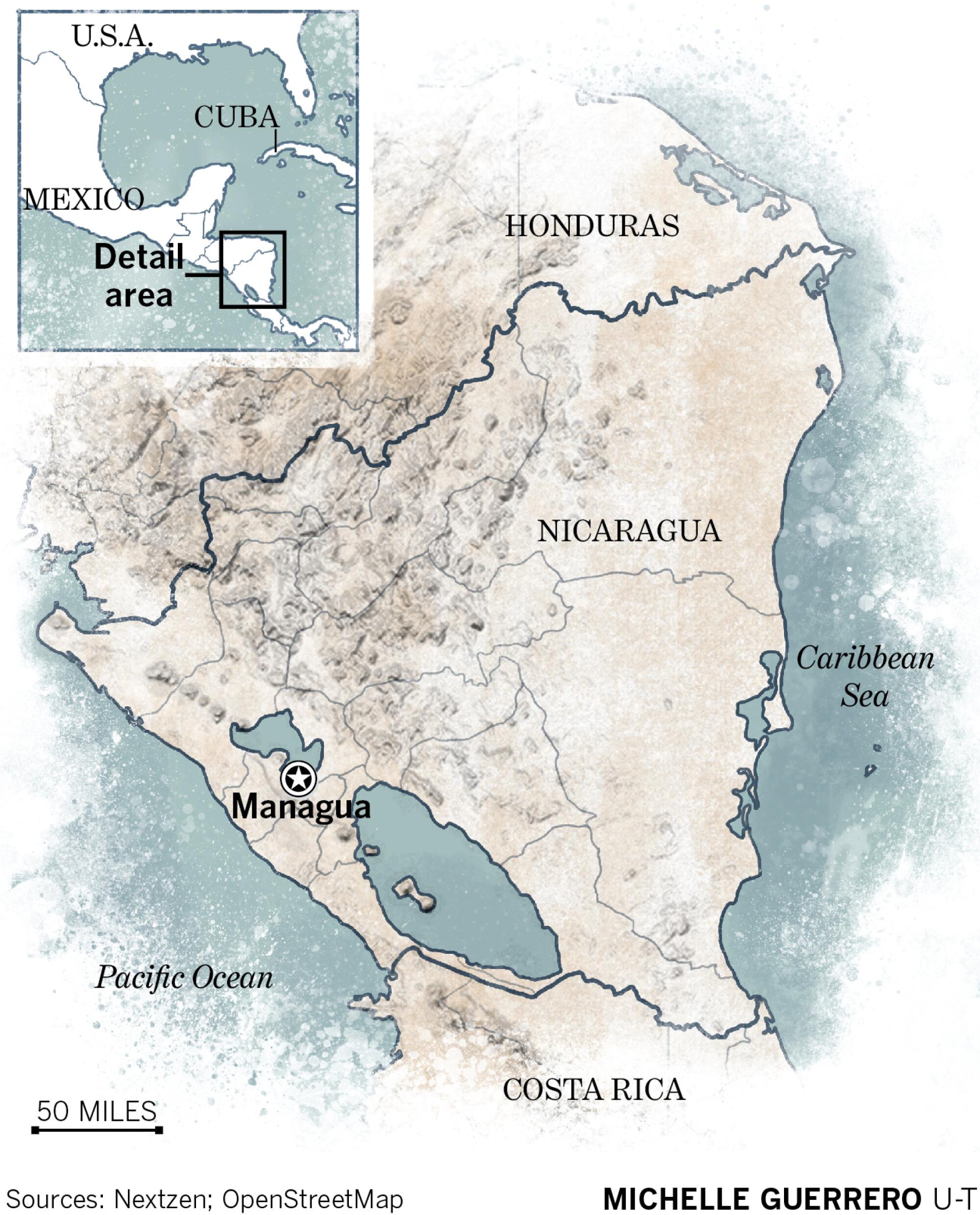
Then came cuts to the country’s pension system, and demonstrations against president-turned-dictator Daniel Ortega dramatically increased.
Bárbara, like many of her generation, joined in the demands for democracy happening in the streets. She has photos of herself in a sea of blue and white — the colors of the Nicaraguan flag.
On the first day of pension protests, the Ortega regime’s response was violent. By the second day, there were casualties.
The death toll rose as the protests continued. Some were killed by police and others by pro-government groups that became known as the “paramilitary.”
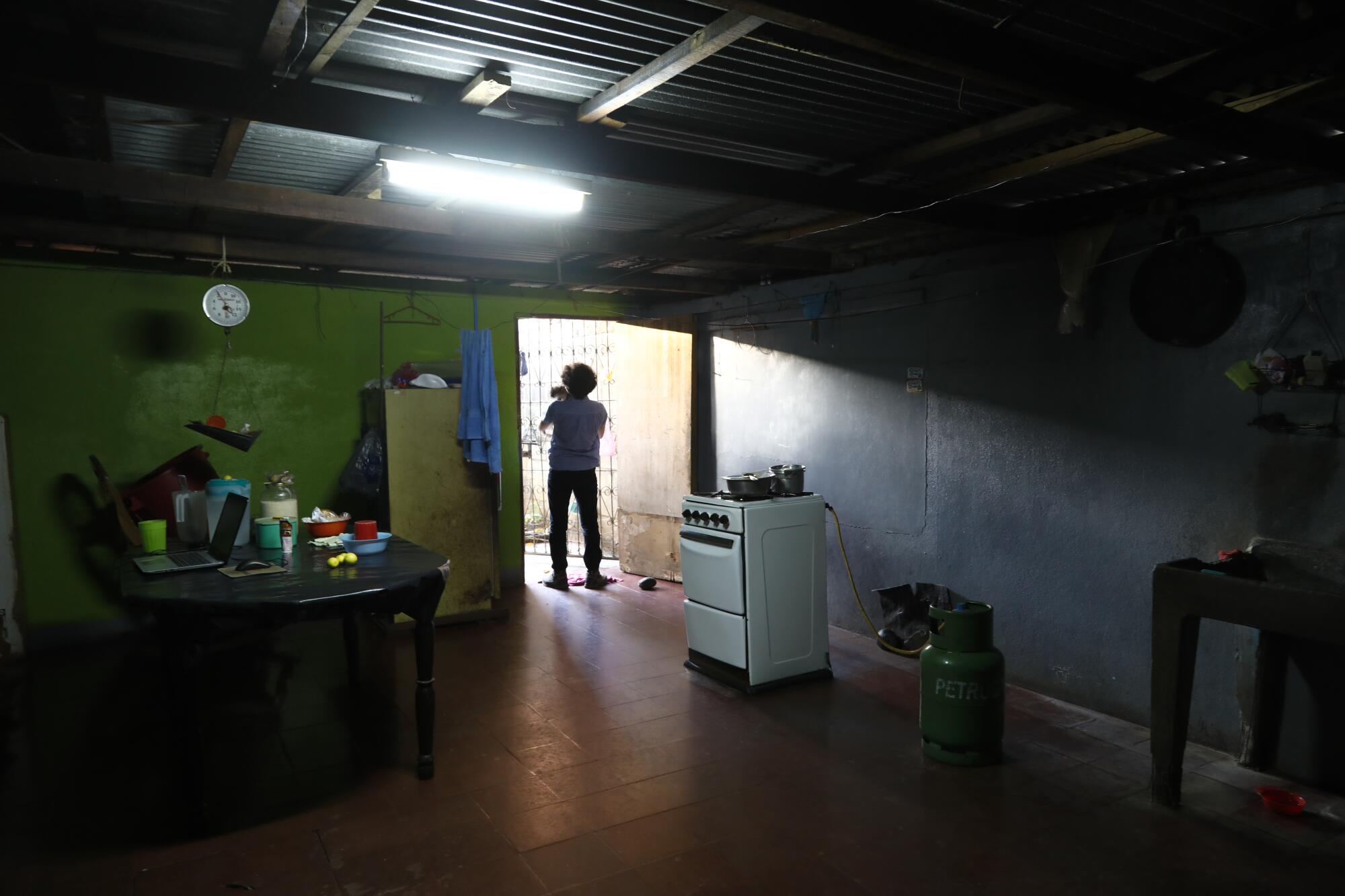
People quickly learned the danger of being out after 6 p.m., when the paramilitary began to patrol the streets in their signature Toyota HILUX pickups. They came to be known as “camionetas de la muerte,” or death trucks.
Students and other protesters responded to the violent attempts to quiet them by taking over university campuses. They built barricades in the streets out of tires or retaining wall blocks.
Bárbara said she brought basic supplies — water, gauze and rice — to the protesting students entrenched on a campus near her store.
Even bystanders couldn’t escape the violence. Near Bárbara’s store, according to interviews with neighbors, the government’s tear gas choked residents hiding in their homes.
Today, people are still afraid to talk about what happened to them, let alone be identified. They know what retribution can look like.
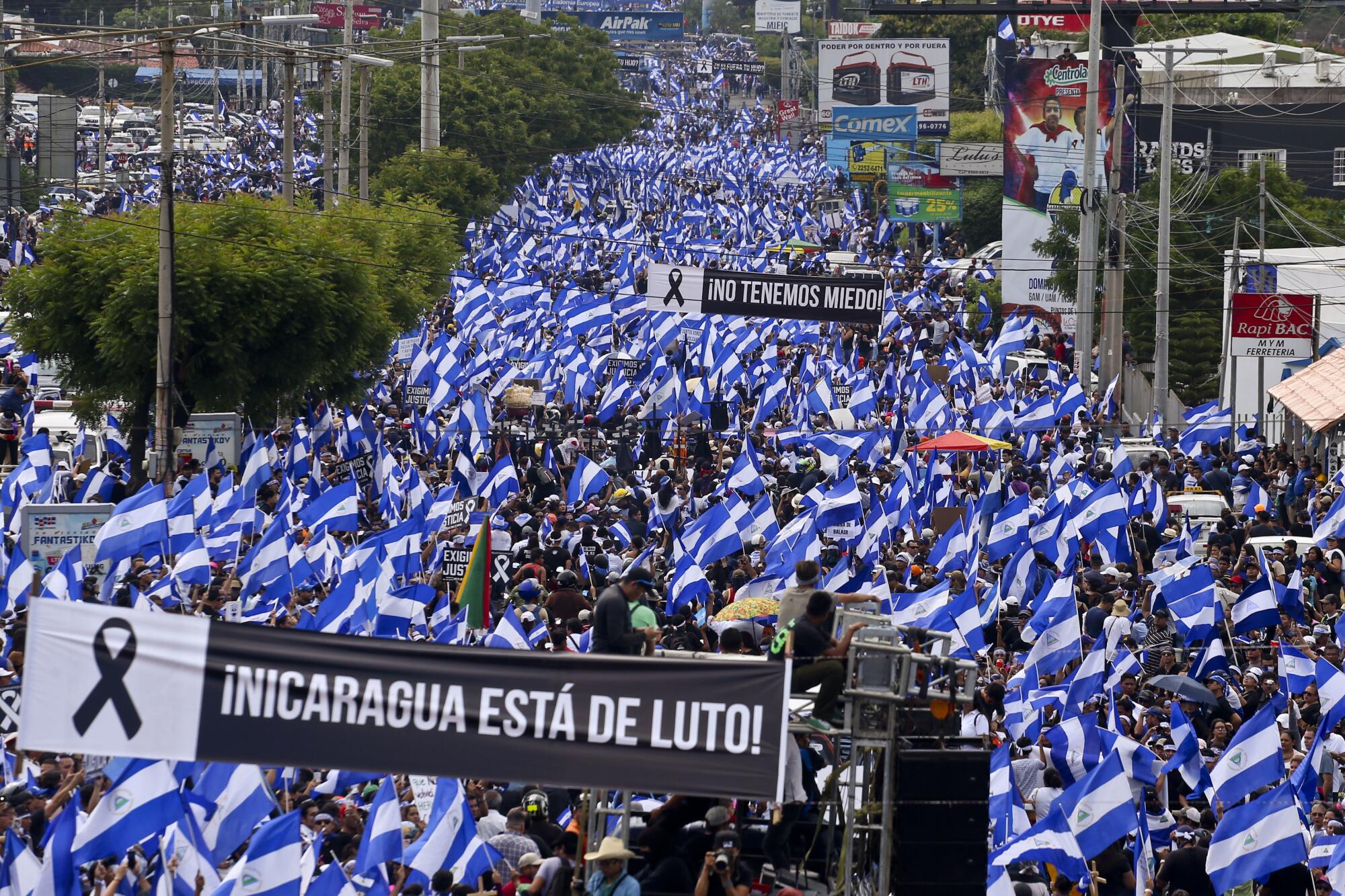
The Mother’s Day March
Hundreds of thousands of protesters chose to commemorate the country’s Mother’s Day with a march. Mothers of students who had been slain by their government led the procession.
“Eso fue el principio del fin. De eso, toda mi vida cambió,” Bárbara said about that day, May 30, 2018. That was the beginning of the end. From that, my entire life changed.
In Managua, the demonstration stretched for at least a mile down a main thoroughfare. Bárbara and her brother marched in the crowd.
Gunfire from a police staging area sent protesters into a panic.
At least 17 people died in marches that day, according to Amnesty International.
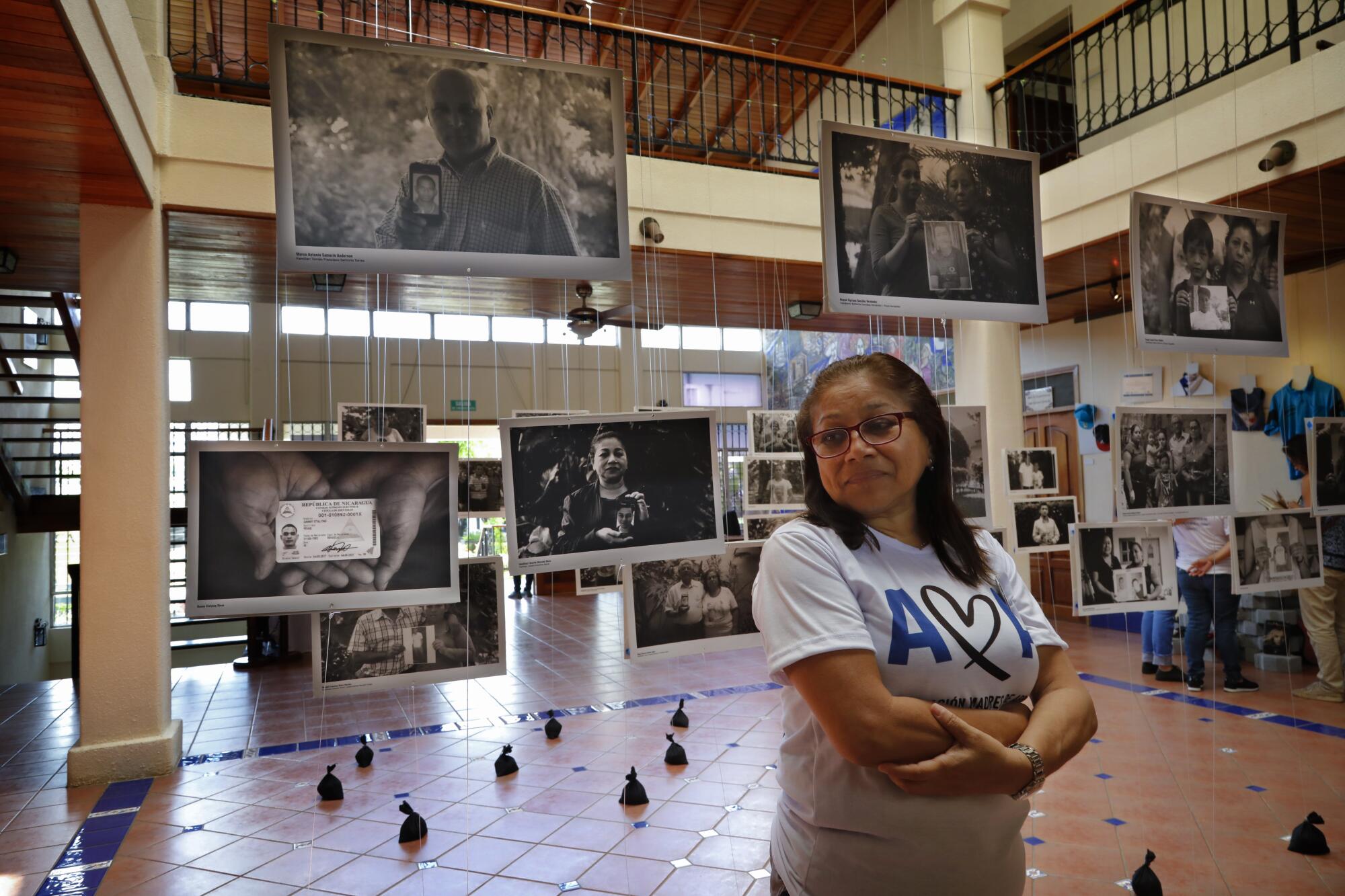
“El regalo que nos entregó el dictador asesino fue la muerte de nuestros hijos,” said Josefa Meza, whose son, Jonathan, was killed that day. The gift that the dictator assassin delivered to us was the death of our children.
Bárbara took a taxi back to her store, where her car was parked. She frantically called to check on her brother. When she reached the shop, she went inside to get her car keys.
Then she heard a noise on the street.
She saw students running and, thinking of her brother, motioned for them to come inside.

Nicaraguan government attacks on pro-democracy protests left hundreds dead. Tens of thousands are now living in exile. Bárbara is one of them.
Death trucks
Bárbara sheltered 21 students for hours. After that day, she knew she would need to move her store. If the government had noticed what she did, she would be on its list of enemies.
She planned to bring home all of her inventory to regroup in case the government decided to retaliate.
On her way to her shop, two days after the march, she saw a paramilitary man on a motorcycle following her car. She took photos of him and then managed to get away before continuing to her store to pack.
She did not yet know how futile that escape would be.
The scene replays slowly in her mind when she thinks about it now.
She remembers parking and crossing the street to her shop.
She was wearing a pink shirt. She remembers thinking that she should’ve worn a red one instead.
She remembers thinking that the pants that she was wearing weren’t very comfortable. She decided not to carry them in her business anymore.
The song “La Cumbia Chinandegana,” a popular Nicaraguan dance track, could be heard pulsing through the university neighborhood.
She heard two Toyota HILUX trucks pull up quickly and brake.
She heard her name, spoken with force but not yelled. She froze.
“Hasta aquí llegué, ya morí,” she thought to herself. I’ve made it this far. Now I’m going to die.
As she started to turn around, she was surrounded by paramilitary.
One of them struck her in the head with a gun. She lost consciousness. They continued to beat her.
“Cuando me atacaron, no iban con la intención de asustarme, sino de matarme, de dejar una voz más en silencio,” she said. When they attacked me, they didn’t do it with the intention of frightening me, but rather of killing me, of leaving one more voice in silence.
A photo taken of her face after the attack shows the neckline of her pink shirt stained with blood and a gash splitting open her forehead. Her face and neck are bruised and swollen.
A family member found her lying on the ground outside her shop, dizzy and disoriented, propped up slightly on one elbow and struggling to move.
She woke up days later in a private hospital, the only place where wounded protesters could go and not be turned away or arrested. She couldn’t move her feet. Her head and back were badly injured.
Her business was gone. Her store had been ransacked down to the last córdoba in her cash register. She has photos of that, too.
She stayed in the hospital for about a week, then shuffled between homes of family members so that she would be more difficult for the government to locate.
Some in her family grew distant because they couldn’t handle the pressure of what had happened to her. Some of her family members still support Ortega.
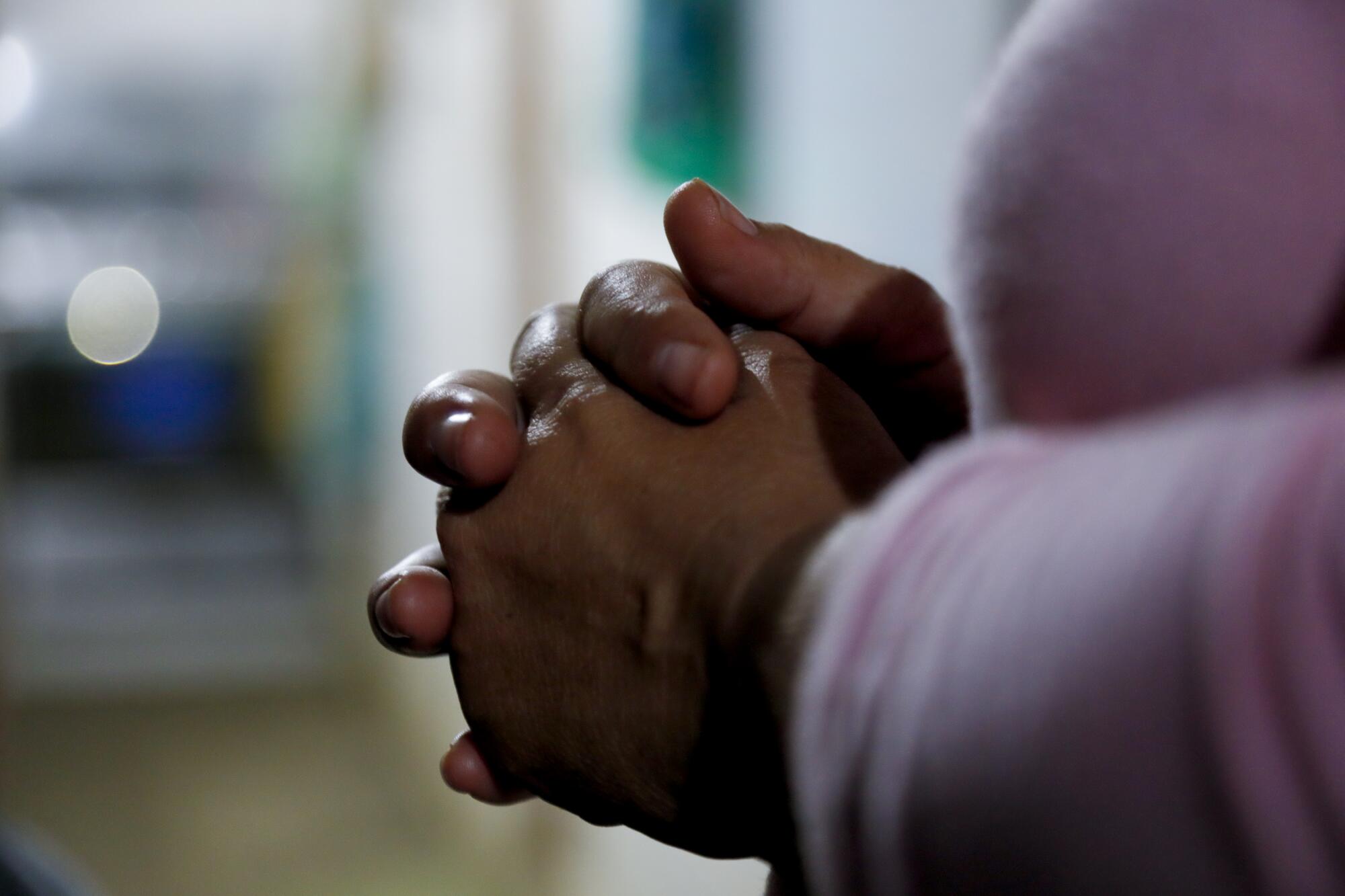
158 days
When Bárbara’s aunt, a U.S. citizen in Miami, learned about what had happened to her niece in Nicaragua, she offered to take Bárbara in.
Bárbara explained to her son that they would be separated temporarily, but that he would join her in the United States soon. That’s what she hoped.
She left before dawn on May 30, 2019 — exactly one year after the march — sneaking out of the country over the mountains. She knew the government would not allow her to leave. She found out that her passport had been flagged on “la lista negra,” a black list of people who were part of the dissent.
She traveled in a car, on horseback, by bus, by truck and on foot through the mountains to Honduras. On the way, her guide abandoned her. She eventually found another one and continued up through Guatemala. She passed through Belize and crossed into Mexico via Cancún.
She was robbed at gunpoint in southern Mexico but negotiated with the thieves to keep her most important documents — the ones she believed she would need to prove her asylum case. A stranger let her borrow a phone to call her family for help.
She finally arrived at the U.S. border in June 2019, just in time for her 29th birthday. She thought she’d made it.
At the port of entry in San Diego, she asked for asylum. She was handcuffed for the first time in her life. While in custody, she had an anxiety attack, a symptom of the lasting effects of what happened to her back home.
She did not realize that she had been selected for Migrant Protection Protocols, a program known widely as “Remain in Mexico,” until officials walked her back to Tijuana. She would have to wait across the border for her asylum case.
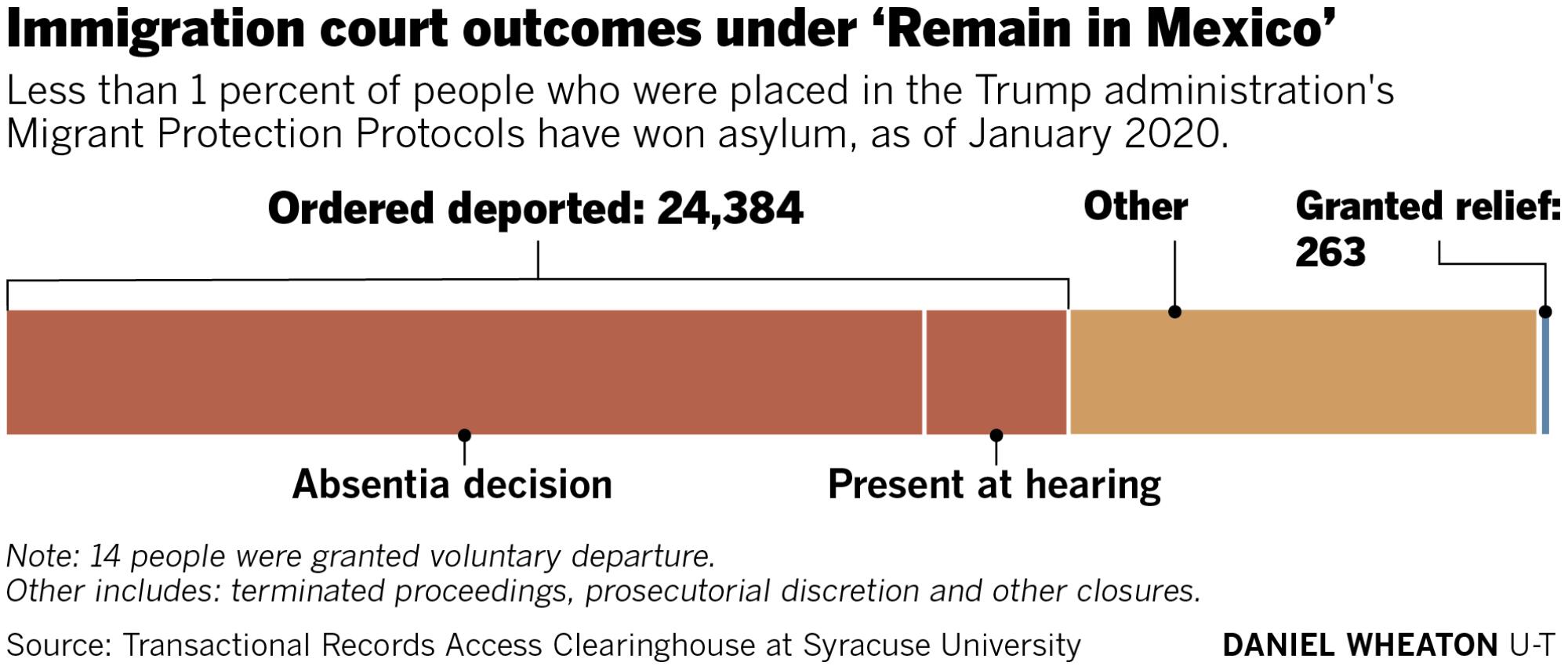
She called her family in tears, unsure of where to go or what to do.
She counted 158 days until her first court hearing.
Her aunt wired her some money. When she picked up the funds from a store, a man put his arm around her threateningly and told her to act like they were together. Then he robbed her.
Eventually, she settled into a small apartment with a couple of younger men from Cuba who had also been returned to Mexico to await their asylum cases. The Tijuana neighborhood where they found a place that would rent to them scared her. She saw someone get assaulted.
Then her roommates, too, robbed her.
‘God is good’
In moments of self-doubt, Bárbara sometimes wonders how she got so unlucky.
But in many ways, Bárbara could have ended up in a worse situation. Many sent to Tijuana under “Remain in Mexico” end up living on the streets or moving from shelter to shelter.
Bárbara began the asylum process just weeks before July 15, the day another Trump administration policy went into effect. It barred anyone who had crossed through another country from seeking asylum in the U.S. unless they first tried in that country.
Bárbara had passed through four.
Though discouraged by her situation, Bárbara tries to remain positive.
A neighbor studying to be a beautician painted Bárbara’s nails blue and platinum, like the Nicaraguan flag, a small way to continue her protest.
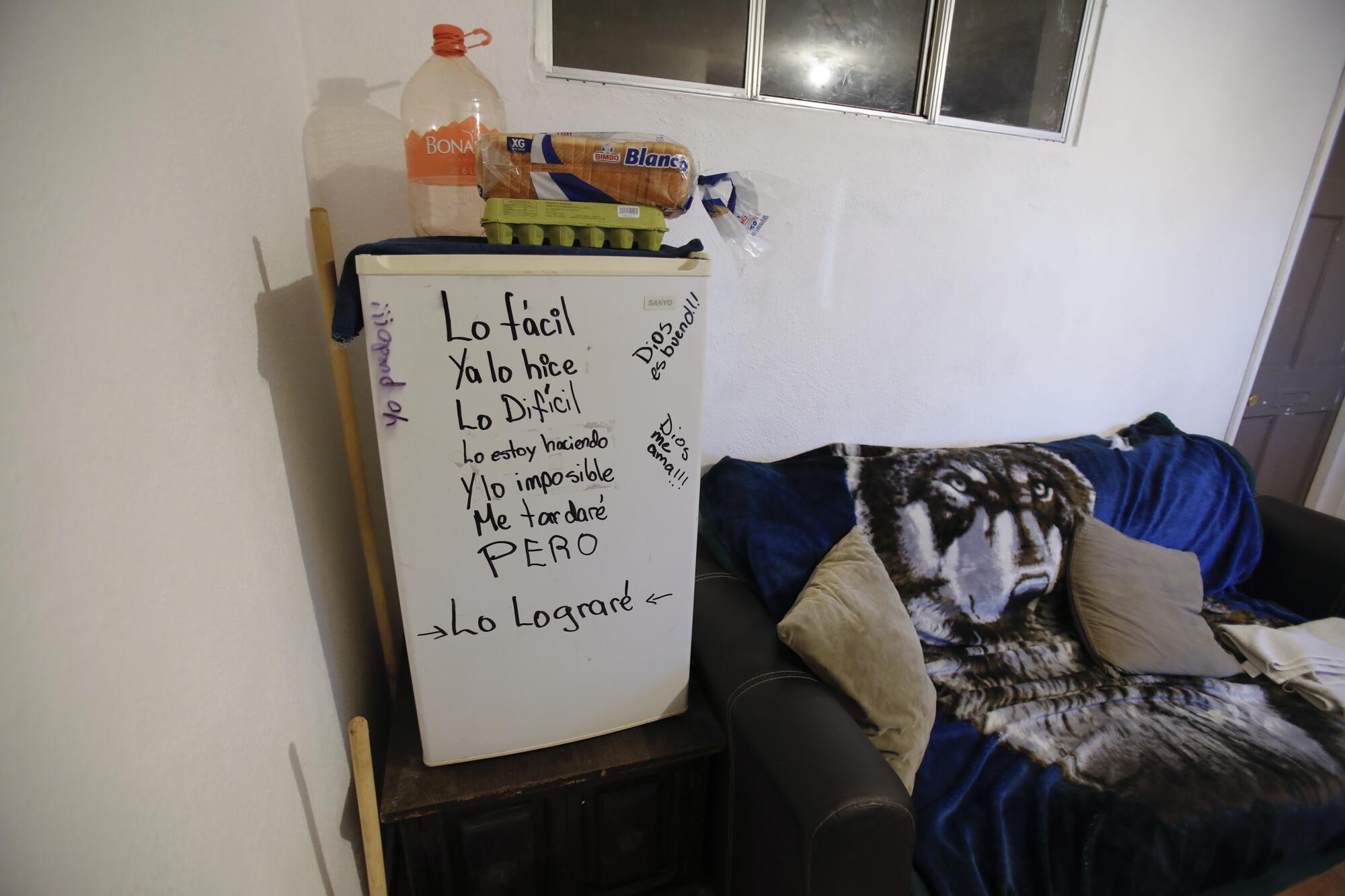
On the front of her refrigerator, Bárbara inscribed in black marker: “Lo fácil, ya lo hice. Lo difícil, lo estoy haciendo, y lo imposible, me tardaré, PERO, lo lograré.” The easy, I’ve already done it. The difficult, I am doing it, and the impossible, it will take me longer, BUT, I will succeed.
She added in the margins: “Yo puedo. Dios es bueno. Dios me ama.” I can. God is good. God loves me.
She began feeding scraps from her meals to a family of kittens that was born around the time she was returned to Tijuana. She calls them her therapy.
She found a job at a Japanese restaurant near where she lives.
She works long shifts six days a week to distract herself.
Her boss calls her “my angel.”
Bárbara hopes that if she is able to live in the United States, she will be able to open her own business again. And that she’ll be able to apply for her son to join her.
She talks to him daily over the phone and helps him with homework.
Family members said that the distance is taking its toll on the boy.
“Es mi futuro, mi vida,” she said. He is my future, my life.
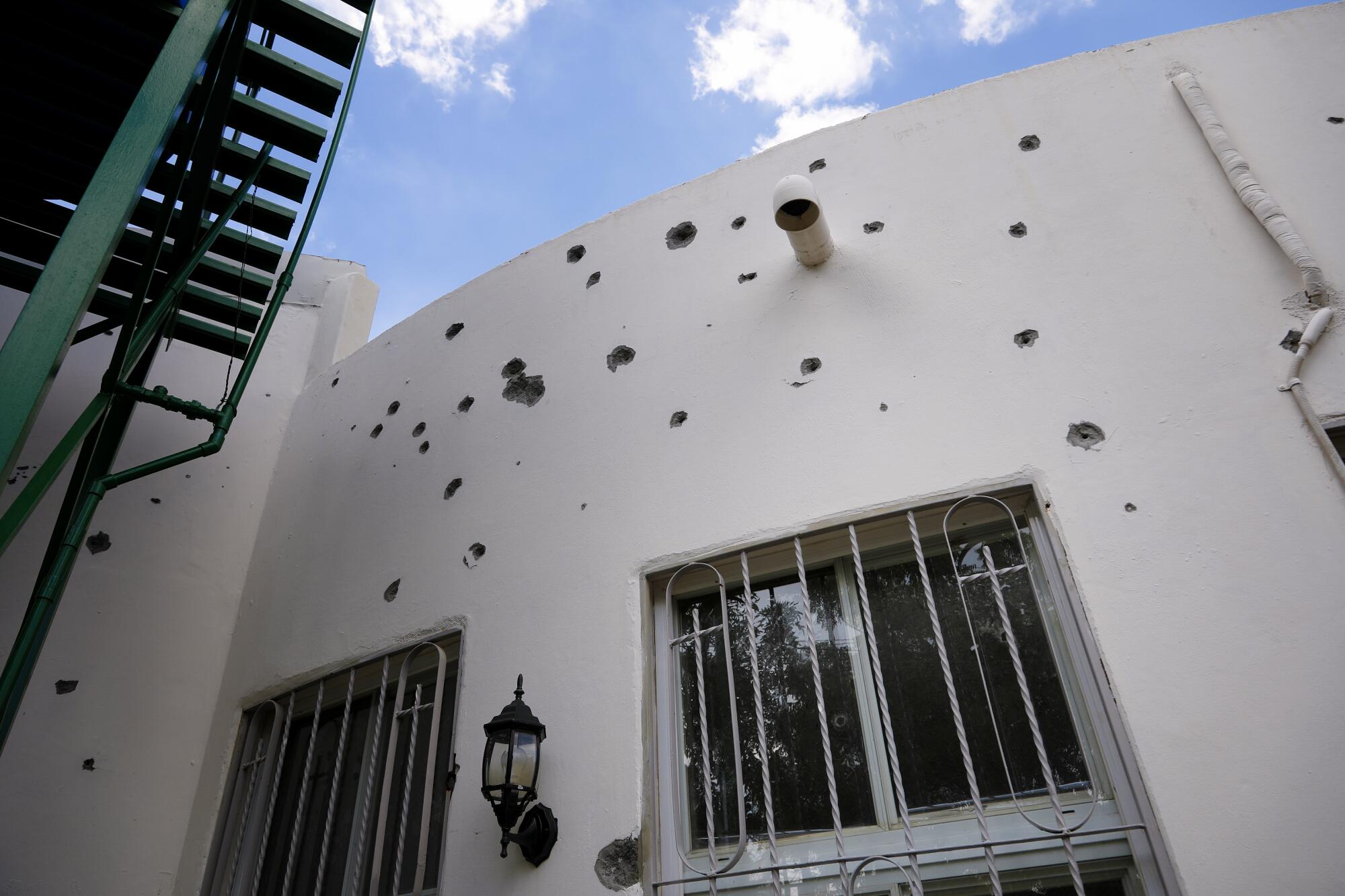
Bullet holes
Bárbara worries about Nicaragua, and the rest of the people she left behind. Government operatives still come looking for her at the homes of family members.
“Mi país, mi país,” she says, her voice full of emotion. My country, my country.
The government has blamed all of the violence on the protesters.
But the United Nations High Commissioner for Human Rights placed responsibility on the government. A scathing U.N. report documented repression and abuse on behalf of the Nicaraguan government during the first four months of protests.
At least 300 people were killed during that time, and another 2,000 were reported injured.
As time passed, the Nicaraguan government has tried to eradicate most visible traces of the resistance.
But the signs of surveillance and repression are easy to read.
There is a lack of trust, the idea that a neighbor could be watching, the knowledge that the police already are.
Police stand in intersections and traffic circles holding AK-47s and other rifles. Riot squads patrol in the backs of Toyota HILUX trucks.
Despite the government’s pressure, Nicaraguans have made an effort on private property to preserve the memory of what was done to them.
At the Parroquia Jesus de la Divina Misericordia, a Catholic church in Managua, bullet holes riddle the sides of the chapel.
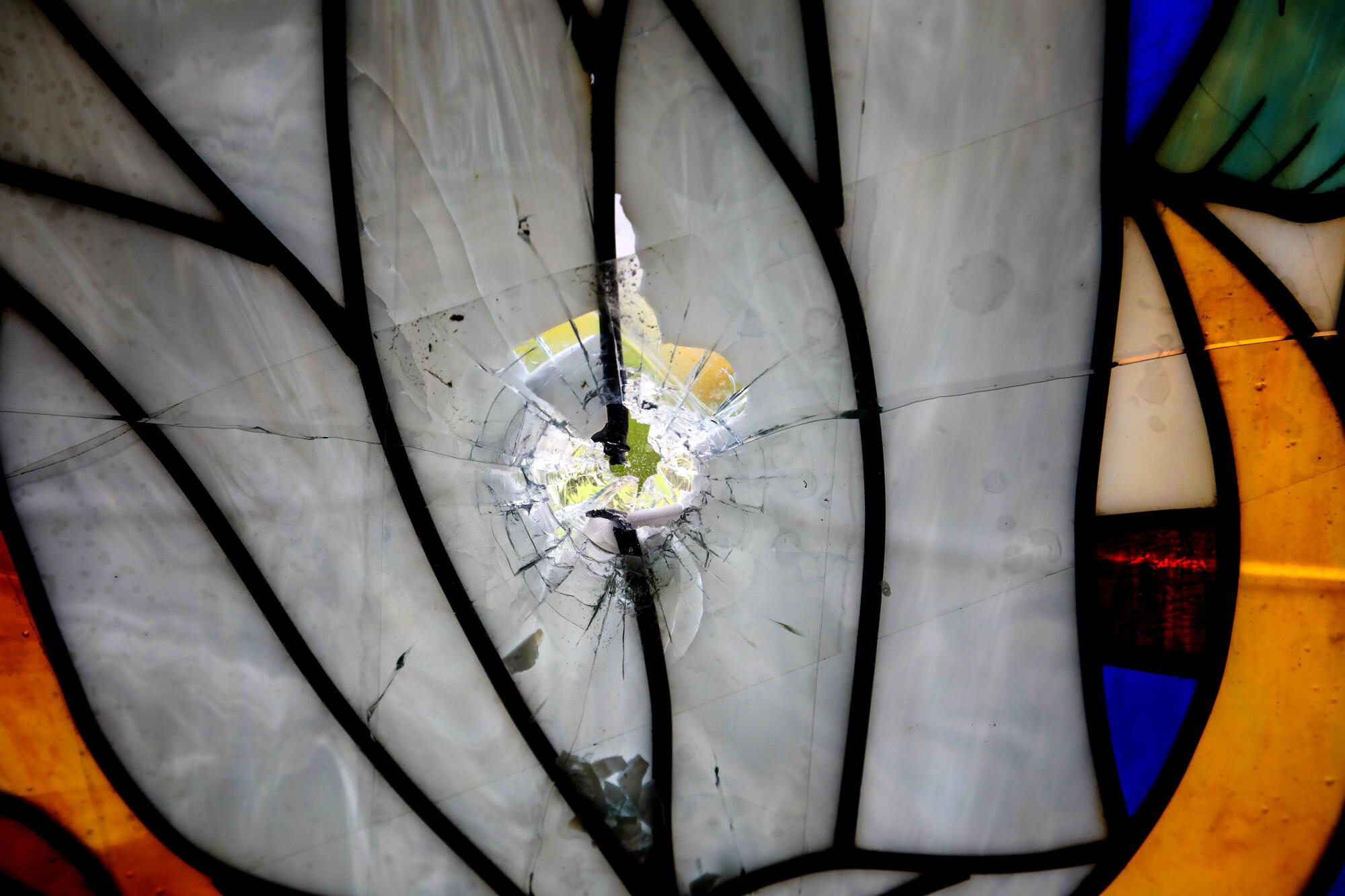
A barrage of gunfire spider-webbed, and in some places shattered, the chapel windows when student protesters took shelter there in July 2018, six weeks after Bárbara’s assault.
The tabernacle, a sacred golden vessel that houses the Eucharist in the chapel, is also scarred from a round.
Susana López’s son Gerald died at this church during that attack.
Gerald, 20, studied traditional Nicaraguan dances and was known for dancing in the barricades during the protests to keep morale up, López said.
She has a video of his final moments that someone sent her. In it, a priest administers last rites as Gerald’s friend screams and sobs over his body.
Families like López’s came together to make a temporary museum called Museo de la Memoria Contra la Impunidad, or Museum of Memory Against Impunity, inside a private university that was at the heart of the protest.
When mothers of victims come into the space, many change into shirts with their dead children’s faces emblazoned on them.
“It’s the only place they’re allowed to grieve,” said Emilia Yang Rappaccioli, director of the museum.
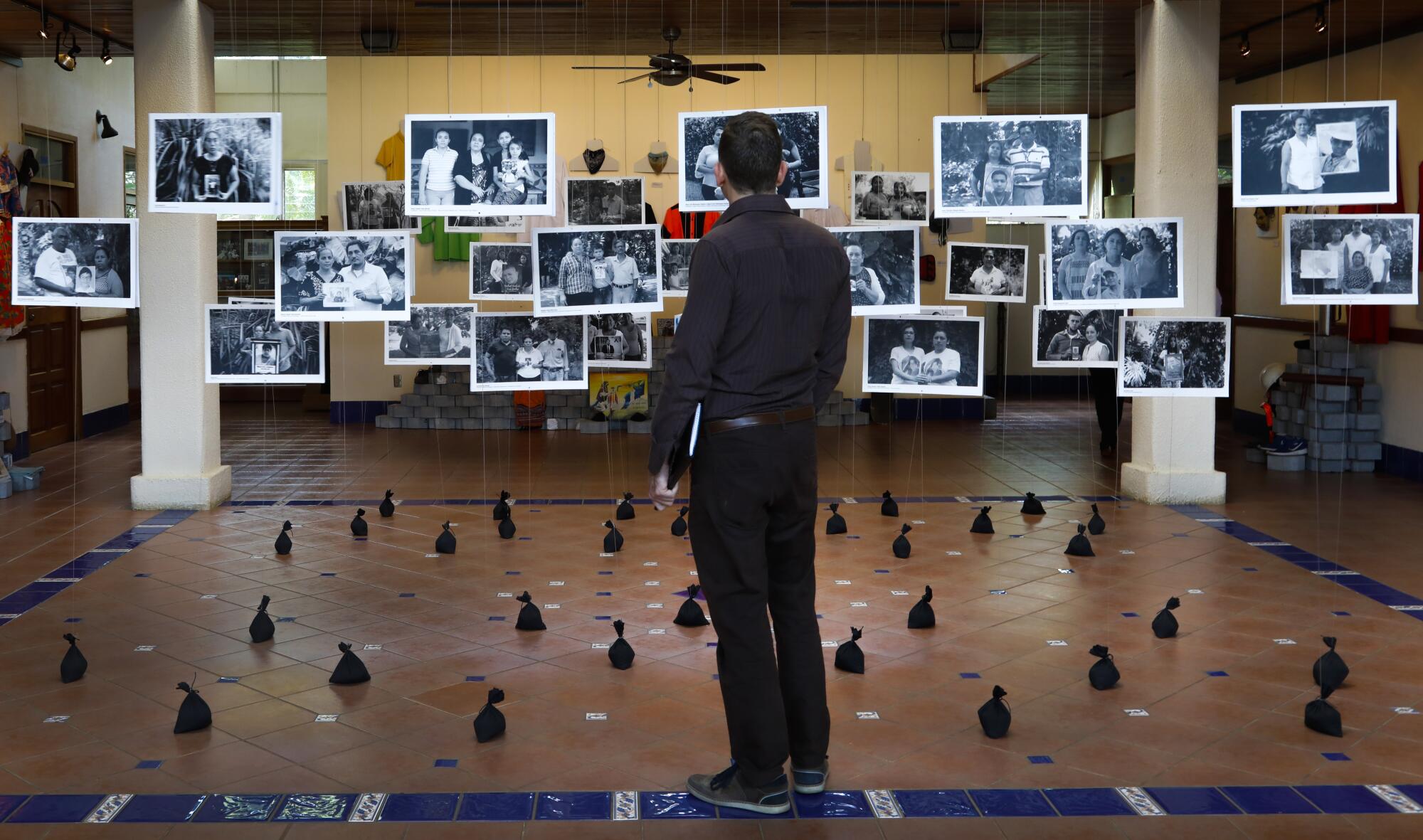
Exodus
Bárbara is one of an estimated 88,000 Nicaraguans who have fled the country since April 2018 because of its political crisis, according to the United Nations High Commissioner for Refugees.
Many, including prominent journalists whose headquarters were taken over by the Ortega regime, remain in exile. Others have returned home.
Some who returned were then imprisoned.
One man was forcibly brought back from Costa Rica, detained, beaten and tortured, according to Carla Sequeira, director of legal services at the Comisión Permanente de Derechos Humanos, a human rights organization in Managua.
Stories like his weigh on Bárbara as she waits in limbo.
Most of the exodus went to Costa Rica, but some traveled north instead.
They followed well-worn migrant paths and mixed in with growing communities of asylum seekers from around the world in border towns just south of the United States.
Not everyone who comes to the border is eligible for asylum.
Some are economic migrants. Some are fleeing violence. Some left their homes because of the impacts of climate change. Some are on the move for a combination of reasons.
Then there are those whom the U.S. asylum system was originally intended to help.
Asylum systems were born out of the Western world’s failure to protect Jewish migrants fleeing the horrors of the Holocaust.
There are strict requirements for asylum. People who are afraid to go back to their home countries must show that they have been or are likely to be persecuted by their government or by a group that the government cannot or will not control.
They also have to show that their persecution is because of at least one of five reasons: their race, nationality, religion, political opinion or membership in a social group such as the LGBTQ community.
In recent decades, the U.S. government has tried to balance its humanitarian responsibilities with its longtime goal of deterring unauthorized immigration at the southwest border.
Though President Donald Trump pushed for immigration restrictions since the early days of his campaign, his administration zeroed in on the asylum system after two closely-watched caravans of Central American migrants arrived at the Tijuana-San Diego border in 2018.
The Trump administration said that people who did not have legitimate asylum claims were taking advantage of the system to gain access to the United States.
“The asylum system has become the world’s largest immigration loophole,” a senior administration official said in October 2018.
In response, the president and top administration officials pushed for stronger deterrence methods to stop migrants from coming.
But the Trump administration’s increased focus on stopping cross-border migration has ramped up to the point that even those the asylum system was most explicitly designed for may very well be left out.
Cuba
The night before her first court hearing, at the end of November 2019, Bárbara worked until 11:30 p.m. at her job at the Tijuana restaurant, bouncing to an eclectic variety of music. She felt positive about her case, she said. She had already decided to represent herself.
The next afternoon, that optimism was gone as she sat silently in the downtown San Diego courtroom of Immigration Judge Philip Law. She was nervous, and she struggled to understand the legal jargon that Law used.
“These are removal proceedings,” Law said in a group hearing through an interpreter to the 16 people before him. “The government has charged that all of you have violated immigration law.”
Periodically, Law paused and told them to raise their hands if they did not understand. Though others asked questions, Bárbara kept her hands down.
She accepted the judge’s offer of more time to find a lawyer. She didn’t think she understood the judge well enough to proceed on her own.
With all of the changes that the Department of Justice has made to the asylum system over the past three years, having legal help navigating the process is more important than ever, attorneys say.
Out of the 35,465 people in “Remain in Mexico” whose cases have finished, 263 have won asylum, according to Syracuse University’s Transactional Records Access Clearinghouse. That’s less than 1 percent, far lower than normal grant rates.
About 58 percent of those granted asylum had attorneys.
Even with an attorney, an asylum seeker’s chances of winning can vary from judge to judge and court to court.
There’s the example of Tibetan co-stars who sought asylum after facing persecution for their starring roles in a political movie. While the male actor won his asylum case, the female lead lost hers in the same immigration court, said the woman’s Boston-based attorney Sarah Sherman-Stokes. The actress ultimately won asylum, but only upon appeal.
Bárbara’s chances are made especially complicated by the fact that she will have to prove that she cannot return to either of the countries where she has citizenship — Nicaragua, and Cuba, where she was born.
She already left behind her first homeland, fleeing at age 4 with her mother from the starvation and the political reality that was Cuba in the early 1990s. They resettled in Nicaragua, the country of her father.
If she loses, she could be deported to either one.
Returned
Since her first hearing, Bárbara has not been able to find a lawyer to represent her. Many won’t take cases of people waiting in Mexico.
Her aunt tried to find an attorney but couldn’t afford the $8,500 that the cheapest one offered to charge.
Bárbara went to a legal services organization in Tijuana, called Al Otro Lado, for free help filling out her asylum application. She wrote a personal statement in Spanish to submit with it.
Since all court documents must be in English, her aunt found someone to translate her statement. The phrasing is stilted and unnatural.
Bárbara’s work is not over.
She has to prove to the judge that the paramilitary targeted her because of her political opinion and that the members are part of the Nicaraguan government or a group that the government cannot or will not control.
She will also have to convince Law that her story is true, that it actually happened. She has her photos and a handful of documents, including medical records and business records, to present as evidence.
What she does not have: witnesses who will testify in court. The people she left back in Nicaragua are too scared of Ortega’s regime to mail letters of testimony corroborating her story.
Most of her case will hinge on her own testimony and whether the judge believes her.
In January, Bárbara went before Law again to turn in her official request for asylum.
To bolster her confidence, she bought a new pair of jeans to wear for the occasion. She got up in time to put on makeup and style her shoulder-length, curly hair, even though she had to be at the port of entry by 4 a.m. for her hearing.
Law set her trial date for April. Her face fell when she heard that she would have to spend at least three more months in Tijuana.
On that date, she will appear alone in a private four-hour hearing. Law and an attorney representing U.S. Immigration and Customs Enforcement will question her, looking for gaps in her story and details that don’t line up.
Even if Law grants her asylum, the U.S. government may try to send her back again while it appeals the decision.
Many people returned to Mexico under the program give up on their cases. But Bárbara believes she has no other choice but to wait.
In the weeks before Bárbara’s first court appearance, a group of protesters in Nicaragua held a hunger strike inside a church in Masaya, a city near Managua. They used it to denounce the continued imprisonment of their family members in the aftermath of the protests.
Police quickly surrounded the church and wouldn’t let anyone in or out. A group of young people who tried to bring water to the protesters were taken as political prisoners.
“It’s not safe,” said Sequeira, the human rights worker. “It’s not safe to return to Nicaragua.”
Bárbara hopes that she won’t have to.
Get Essential San Diego, weekday mornings
Get top headlines from the Union-Tribune in your inbox weekday mornings, including top news, local, sports, business, entertainment and opinion.
You may occasionally receive promotional content from the San Diego Union-Tribune.
